Past Events
Your Present Location: EVENTS> Past EventsUniversity of Denver Professor Suisheng Zhao Delivers Lecture on “Major Power Competition: From Trump 1.0 to 2.0” at RDCY Forum
University of Denver Professor Suisheng Zhao Delivers Lecture on “Major Power Competition: From Trump 1.0 to 2.0” at RDCY Forum
By RDCY
Published:2025/8/27
On August 18, Suisheng ZHAO, Tenured Professor at the Josef Korbel School of Global and Public Affairs, University of Denver, Director of the Center for China-U.S. Cooperation, and Editor-in-Chief of the Journal of Contemporary China, visited the Chongyang Institute for Financial Studies at Renmin University of China (RDCY).
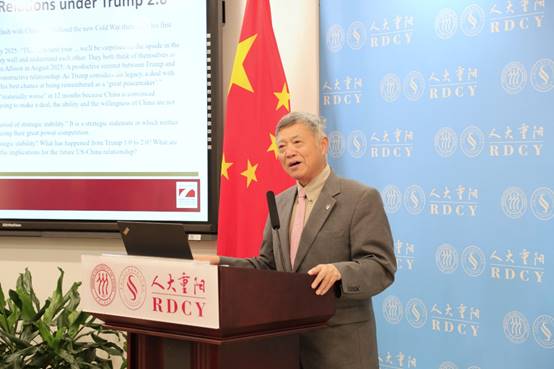
Professor Suisheng Zhao delivers a speech at the Chongyang Institute for Financial Studies, Renmin University of China. (Photo: RDCY)
He delivered a public lecture titled “Major Power Competition Between China and the U.S.: From Trump 1.0 to 2.0” at the RDCY Forum for Area Studies - US Series No.19, and engaged in a dialogue with WANG Wen, Dean of RDCY and the School of Global Leadership at Renmin University of China. Multiple Chinese and international media outlets, including Beijing Daily, Phoenix TV, Phoenix News, China Review News Agency, and the South China Morning Post, reported on the event.
In his speech, Zhao said that many U.S. hawks, who had bet on Trump maintaining his first-term tough stance toward China, were deeply disappointed. During his second term, Trump has shifted his ideological focus inward, casting his principal adversaries as Democrats, immigrants, LGBTQ+ communities, and even European human-rights advocates, rather than China or Russia. In this context, his strategic thinking leans more toward building a “Great Power Coalition” rather than pursuing “Great Power Competition.” He has also cut funding for traditional external influence tools, including the National Endowment for Democracy, USAID, and the Voice of America.
Geopolitically, Trump has hardly criticized China over the South China Sea and displayed cold indifference to the security concerns of allies such as the Philippines. On Taiwan, he treats the island as a bargaining chip in negotiations with mainland China—unwilling to commit to its security. To avoid disrupting summit arrangements with Beijing, Trump has even refused stopovers or visits by “Taiwan regional leaders” or “defense officials." This series of actions highlights a significant pivot in Trump 2.0’s foreign policy: a shift from ideological confrontation to transactional cooperation with major powers.
Zhao argued that the “new Cold War” strategy toward China pursued during Trump 1.0 was misguided and unsustainable. It underestimated China’s economic resilience and governance stability while inflating the so-called “China threat,” triggering U.S. policy overreaction. That approach created avoidable risks of conflict, intensified the anti-China backlash in the United States, and heightened anti-American sentiment among the Chinese public—outcomes that ultimately brought no benefit to the United States. By contrast, Trump 2.0 has a “very positive sign,” shifting from geopolitical and ideological confrontation to trade bargaining and negotiated compromise. This has ushered China–U.S. relations into what U.S. Secretary of State Marco Rubio has described as “a period of some sort of strategic stability,” with the contest settling into a stalemate. Whether that “stability” can endure, he noted, will depend on leaders’ personal styles, negotiation outcomes, and the practical feasibility of great-power cooperation.

Professor Suisheng Zhao in dialogue with Professor Wang Wen, Executive Dean of the Chongyang Institute for Financial Studies. (Photo: RDCY)
During the dialogue with Wang, Zhao contended that Trump’s tariff war had an “awakening” effect on China, dispelling China’s illusions about the United States and prompting proactive preparation for long-term containment. In the process, China has made progress in three areas:
(1) Accelerating technological self-reliance, catching up with—and in fields such as AI and robotics potentially overtaking—the United States;
(2) Diversifying trade to reduce reliance on the U.S.; and
(3) Identifying U.S. pressure points and building counter-leverage in critical links such as rare earth elements and electronics.
This dynamic—where one side declines while the other rises—has pushed China–U.S. relations into a strategic stalemate. At the same time, Zhao stated that over the medium to long term the United States could rebound quickly if it mobilizes its institutional mechanisms, strengthens industrial policy, and learns from China; accordingly, the trajectory of China–U.S. strategic interaction toward 2035 and beyond remains highly uncertain.
Wang noted that one of Trump’s “contributions” is the psychological shift on both sides. In the U.S., Trump’s first term launched a full-scale competition against China, prompting both Republicans and Democrats to gradually form a bipartisan consensus on China policy. In China, Trump accelerated Chinese society’s disenchantment with the U.S. political system, its governance practices, and its perceived AI supremacy, fostering a more grounded, egalitarian perspective. Under these conditions, the “strategic stability period” of Trump 2.0 offers a window of opportunity for China-U.S. relations, where both sides may show alternating strengths and weaknesses—a wax-and-wane dynamic across different domains.
Wang emphasized that China must remain neither arrogant nor complacent, and neither China nor the U.S. currently possesses the capability to “overthrow” the other. Speaking about infrastructure, he urged that Chinese should not underestimate the progress of U.S. infrastructure renewal, and said real development requires recognizing that infrastructure is advancing worldwide.
In the Q&A session, WANG Yiwei, Senior Fellow at RDCY, analyzed the current state of China-U.S. relations from three dimensions. First, in the technological dimension, the relationship has shifted from dependence to confrontation, with China compelled to build indigenous systems in fields such as AI. Second, in the financial and capital dimension, the U.S. is seeking to construct a new round of financial hegemony through tools such as stablecoins and debt extensions, which poses a significant challenge for China. Finally, in the sphere of governance and institutions, China-U.S. competition has to some extent evolved into an institutional contest between what he called “American feudalism” and “socialism with Chinese characteristics,” reflecting deeper divergences in domestic political forms and global governance philosophies.
Professor Suisheng Zhao then responded to the notion of the United States “entering feudalism,” stressing that the resilience of U.S. institutions is far stronger than often assumed. He noted that although Trump often acts as if he simply wants to be a king, the United States’ system of checks and balances makes it virtually impossible for him to realize such ambitions. A prime example, Zhao said, was Trump’s failed attempt to replace the Federal Reserve Chair, whose independence is guaranteed by law. Similarly, many of his executive orders were swiftly challenged in court. Judicial bodies at various levels, state governments, and even the university system all maintain independence and countervailing mechanisms. Zhao emphasized that from the federal level to local institutions to academia, the United States possesses a robust set of institutional safeguards that no single president can easily dismantle. Therefore, the resilience of American institutions and the economy should not be underestimated—just as China’s resilience should not be underestimated either.
The event concluded with a lively discussion covering China-U.S.-Russia relations, people-to-people exchanges, trade talks, and the recent Trump-Putin summit in Alaska.
Key Words: Trump 2.0, RDCY Forum
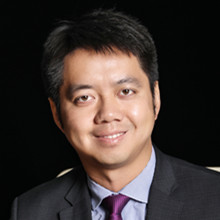
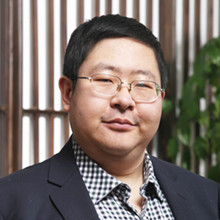
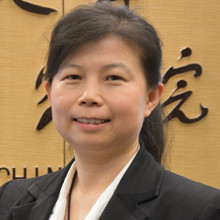
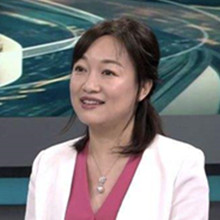
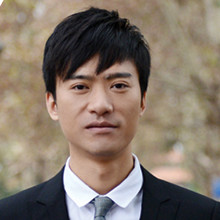
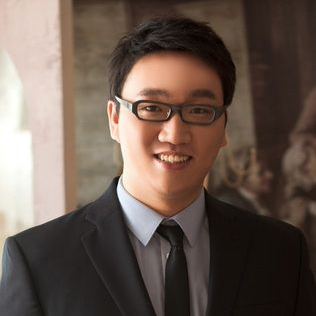
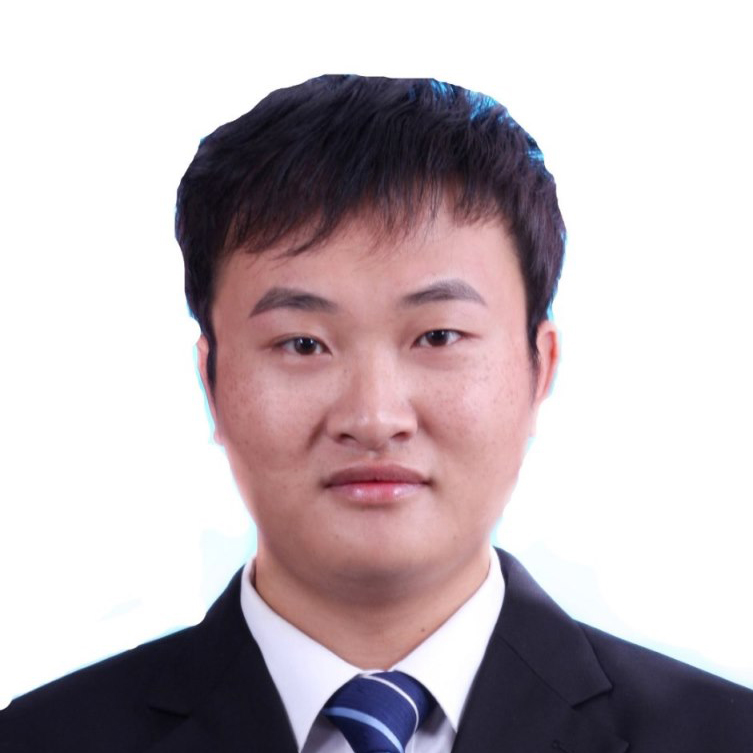
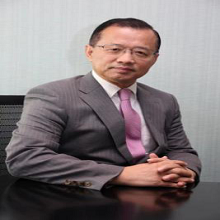
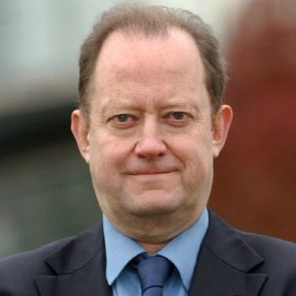
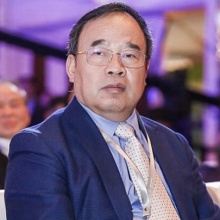
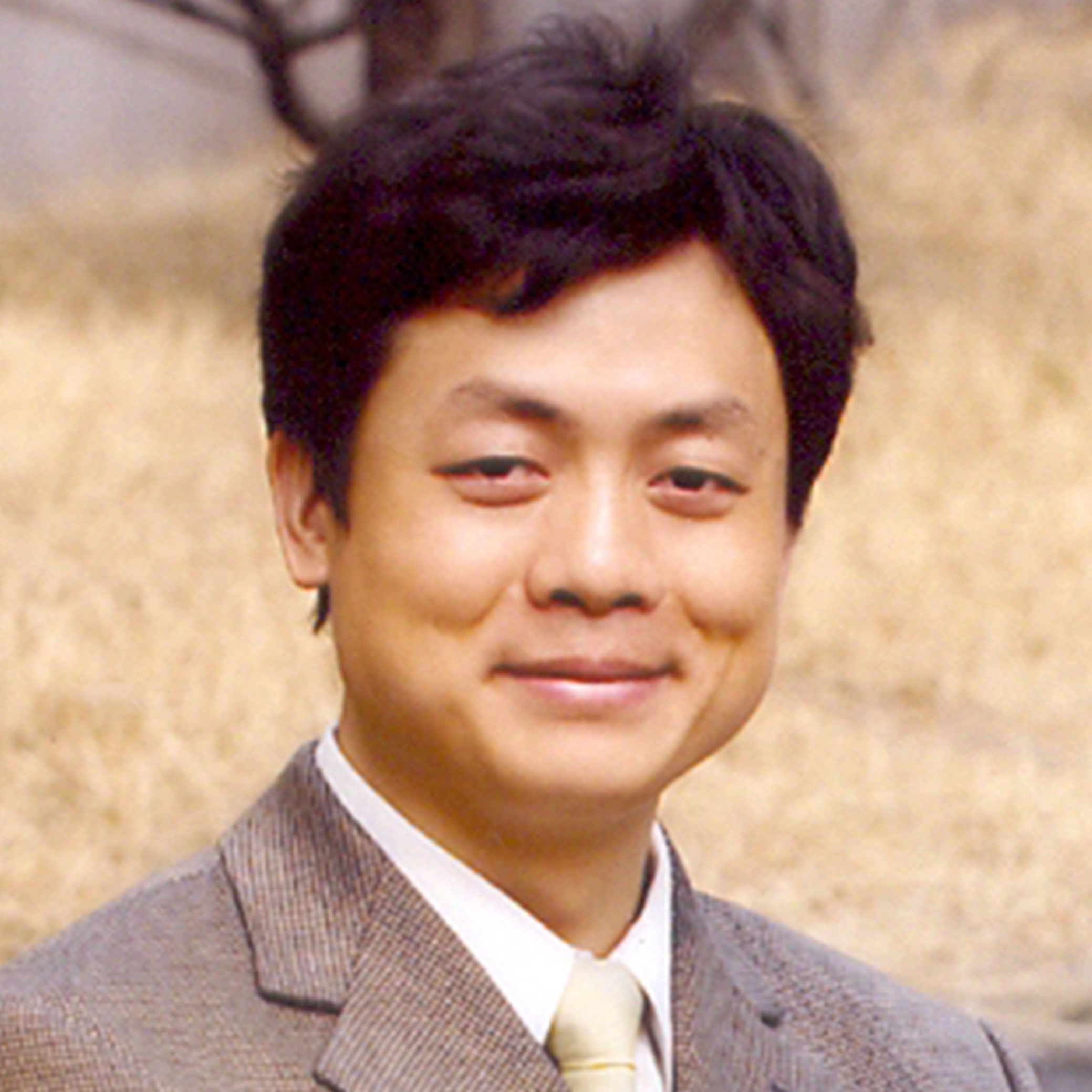
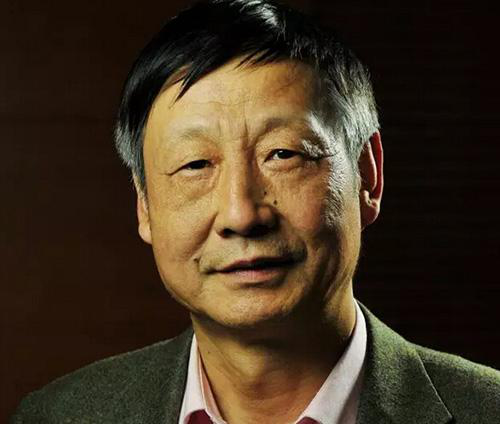
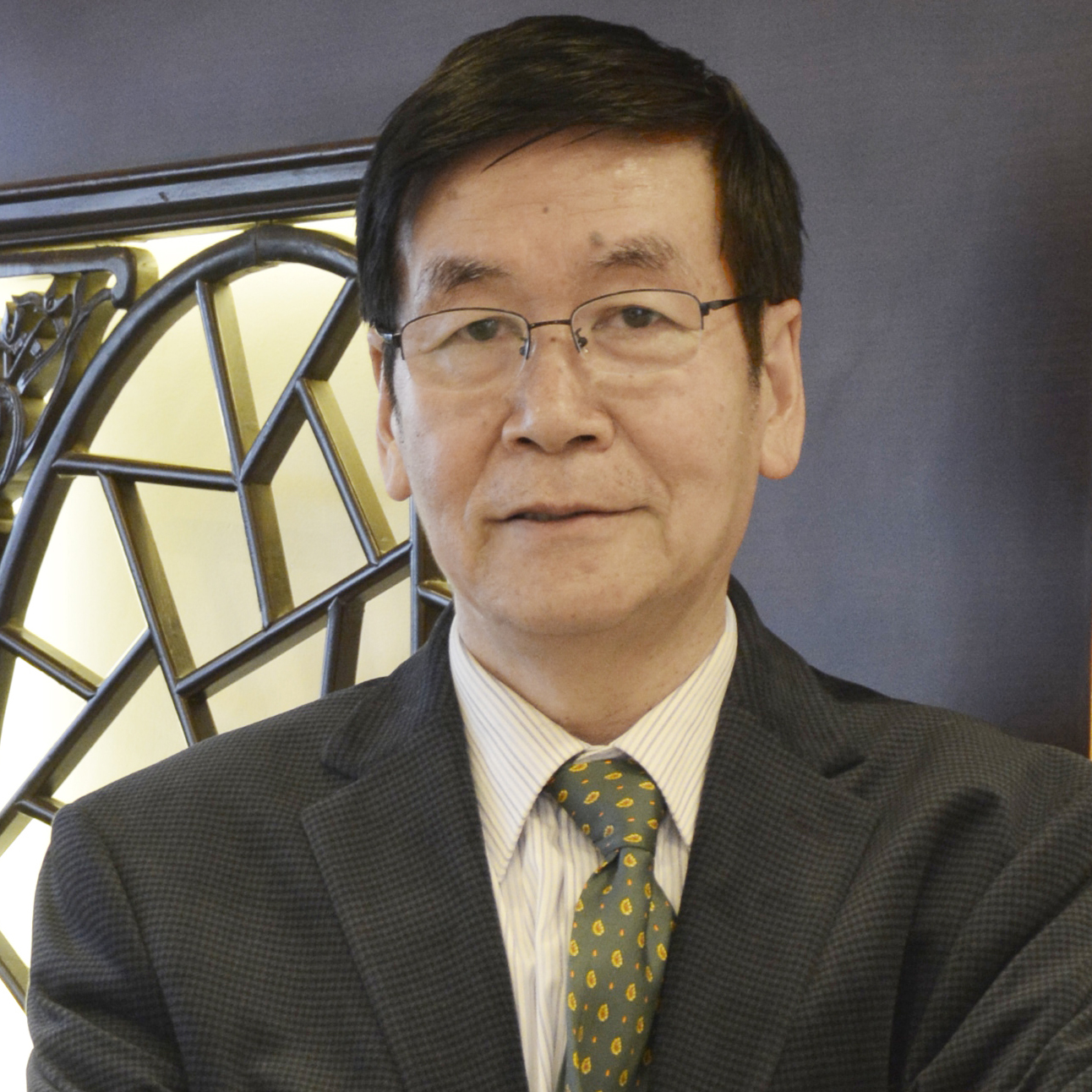
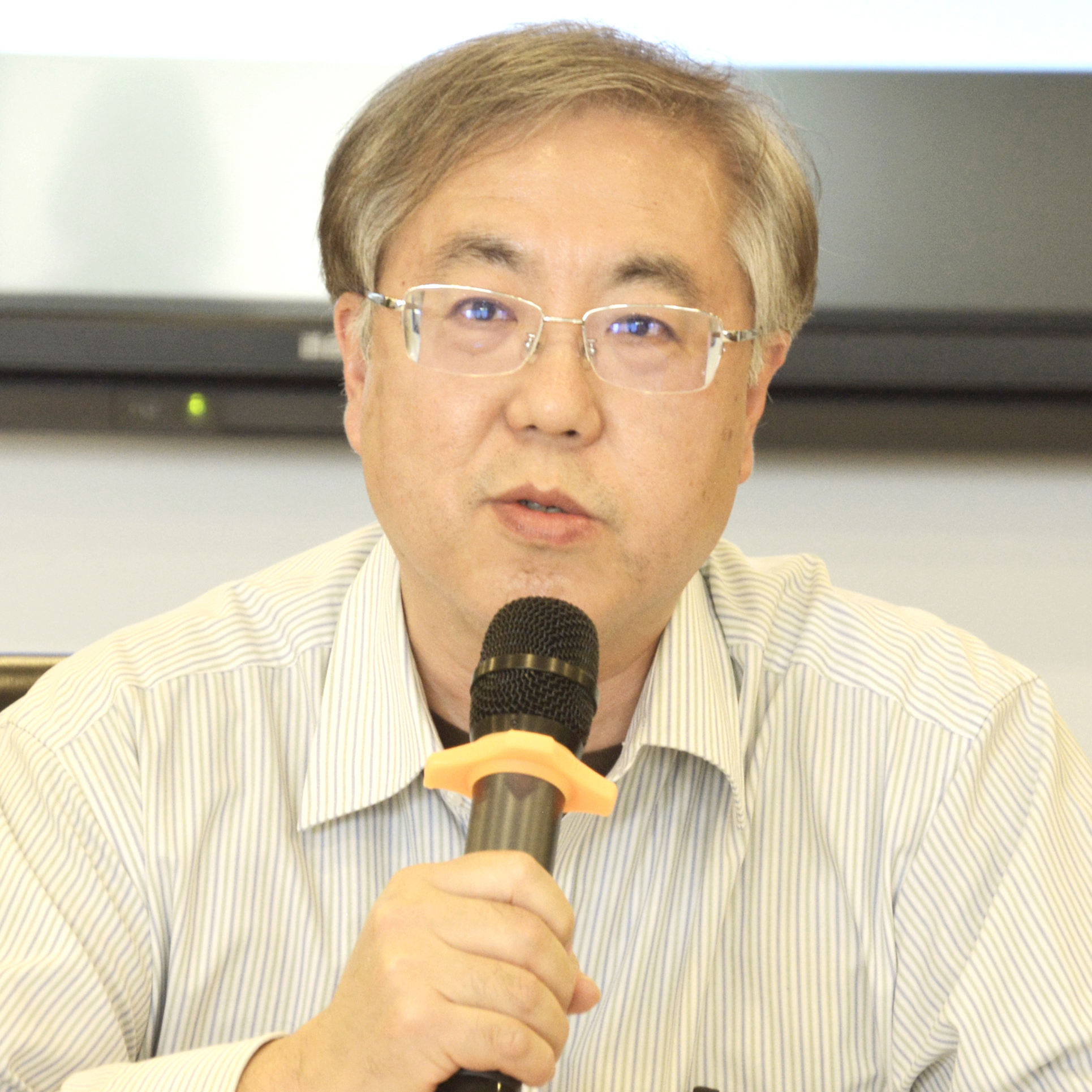

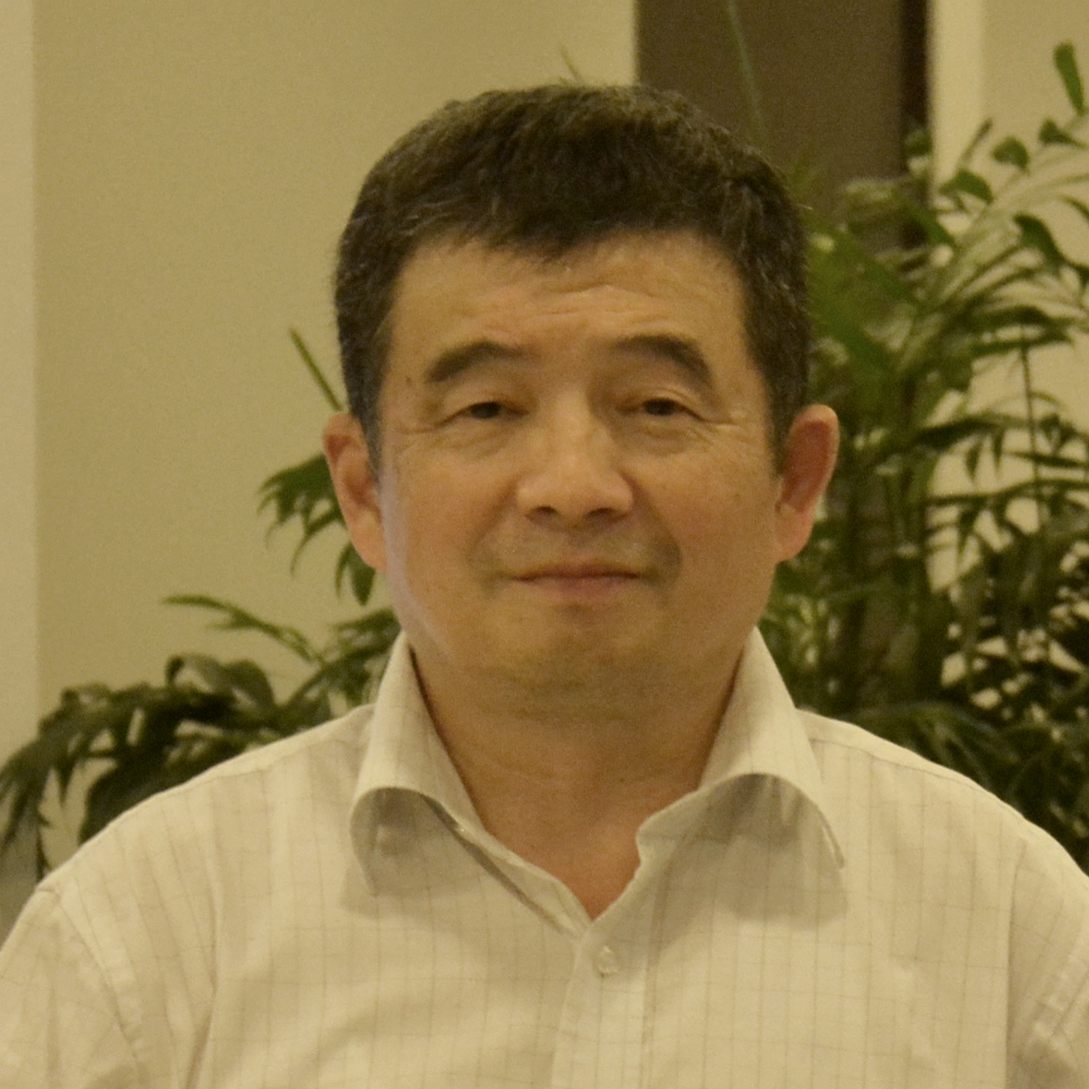
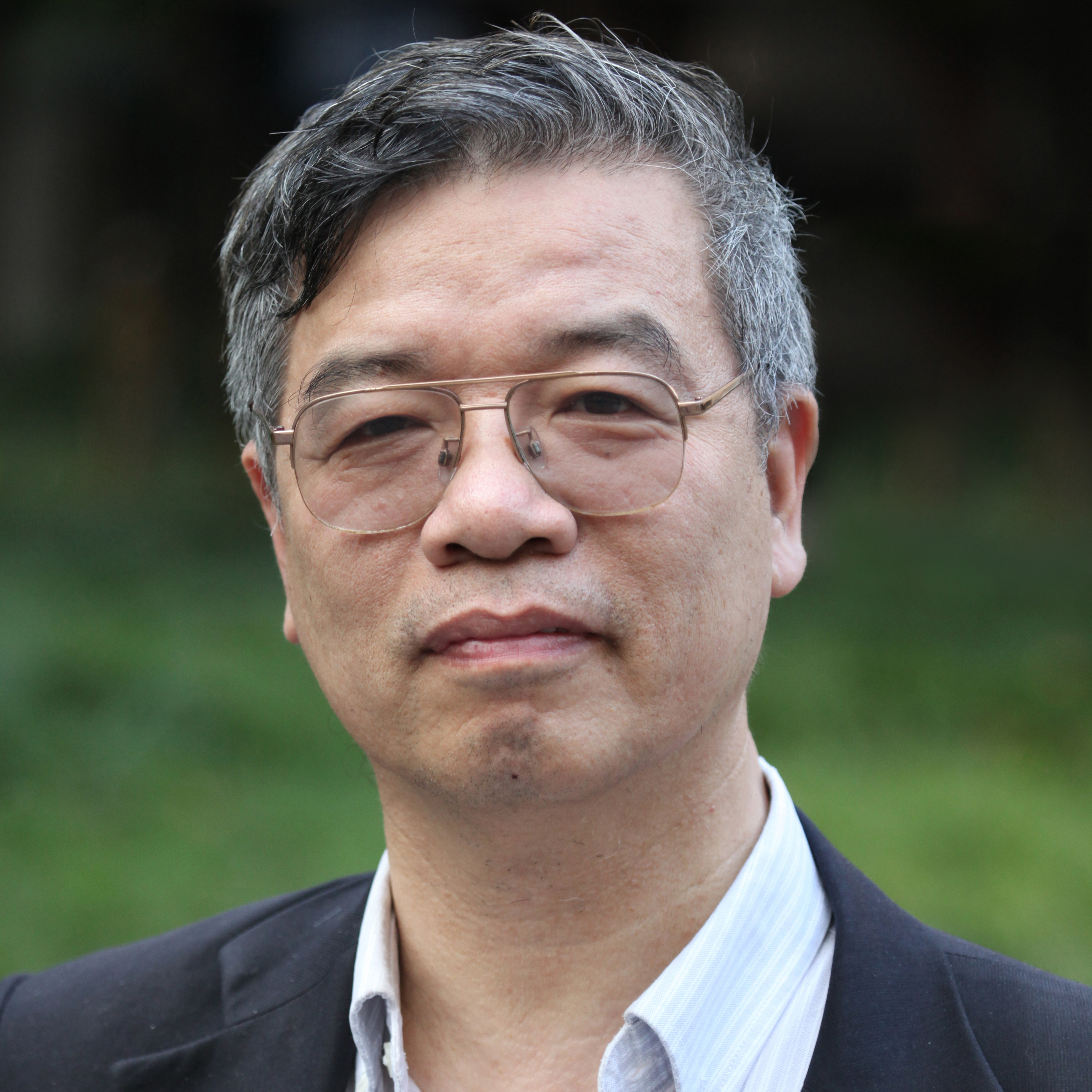
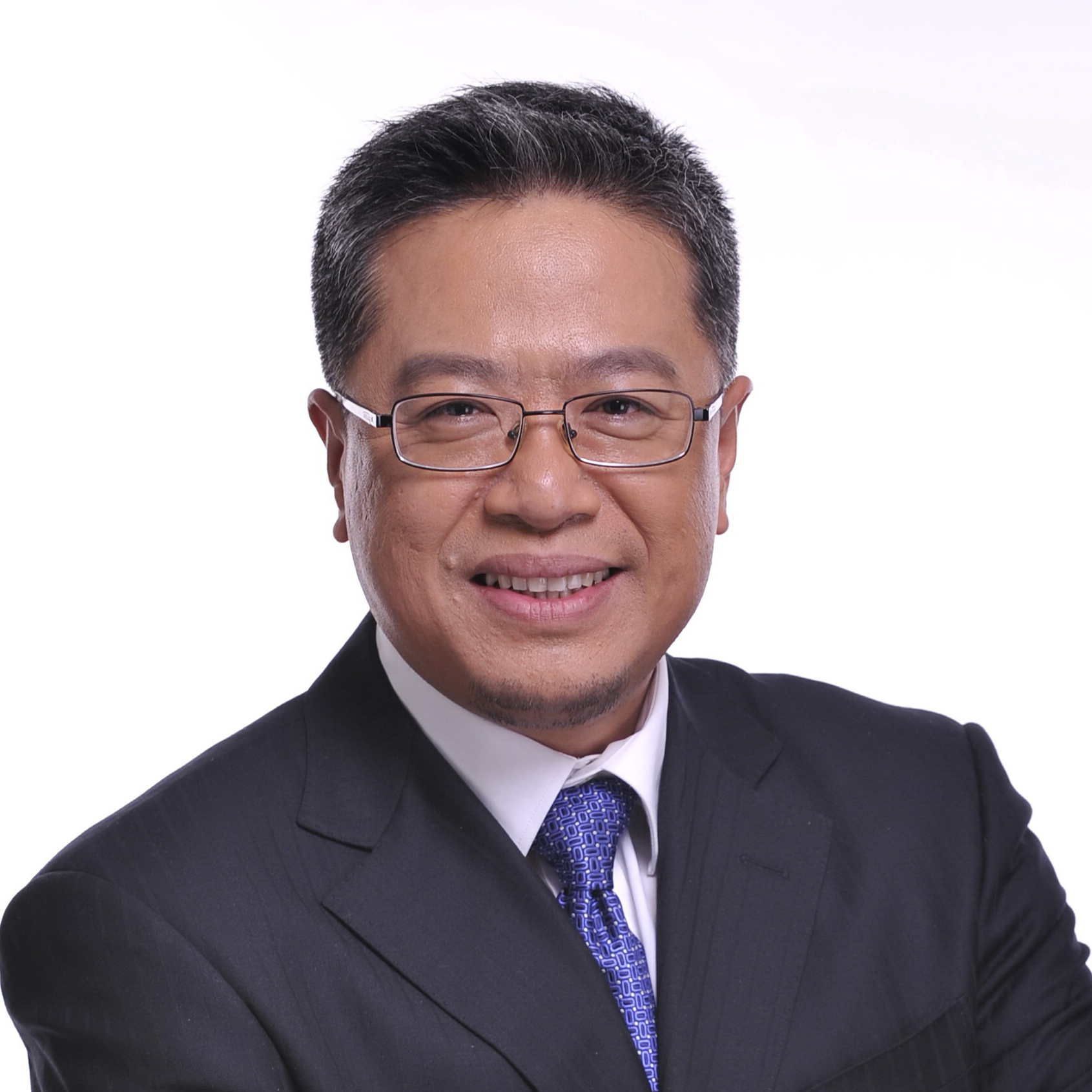
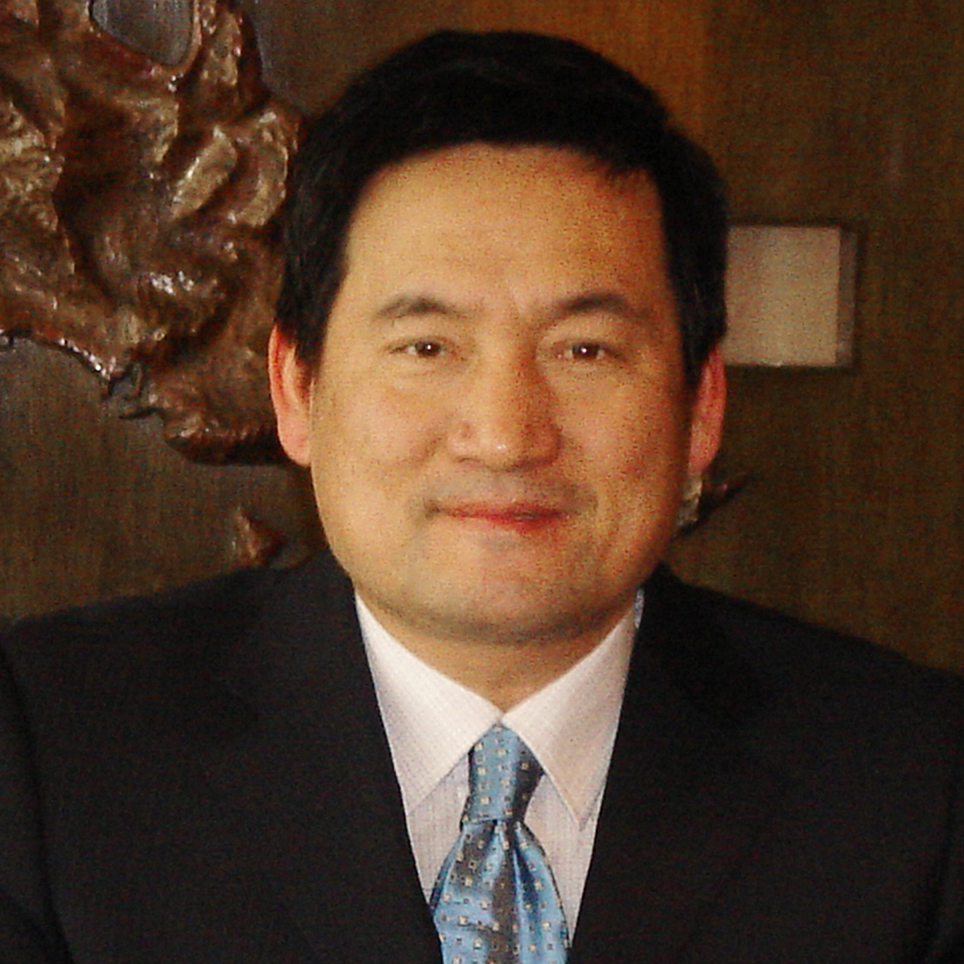


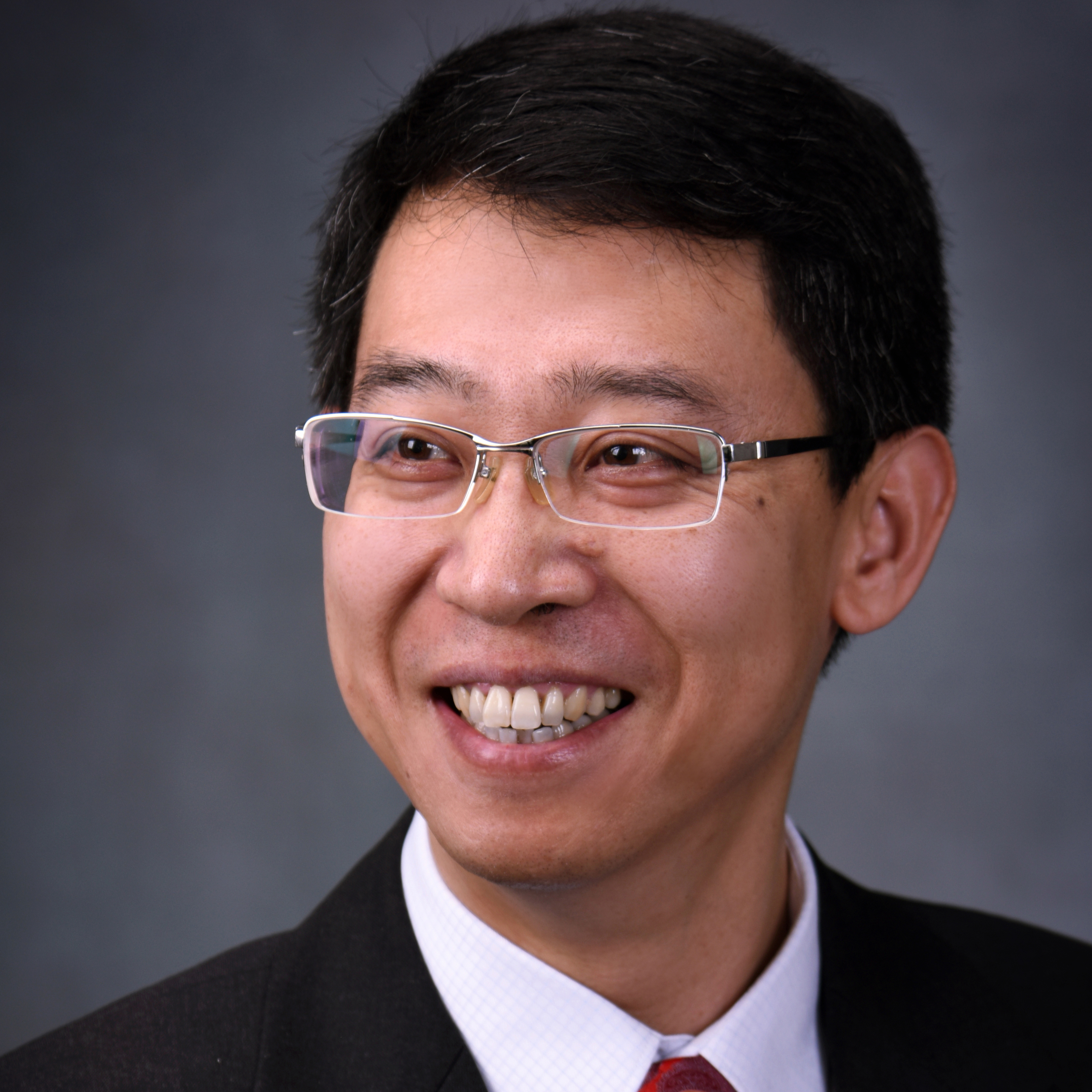

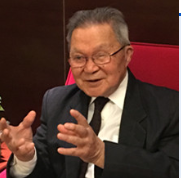
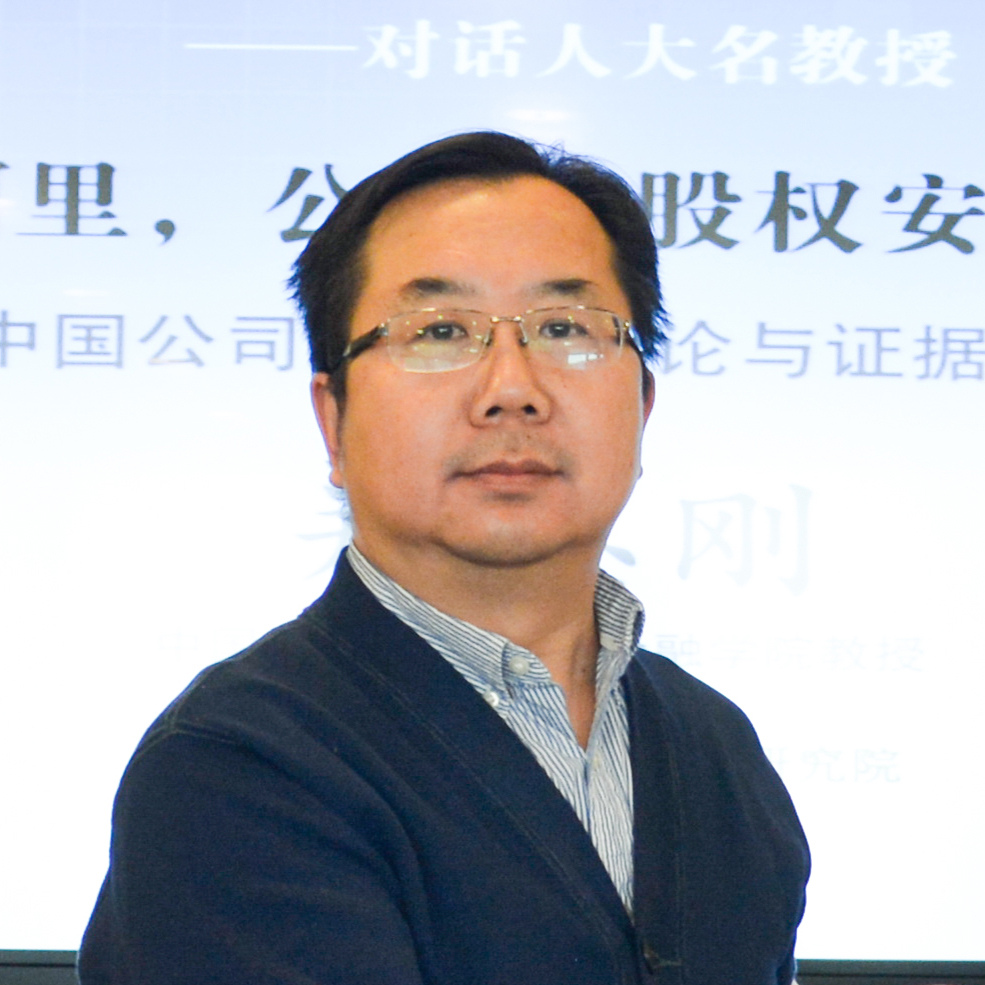
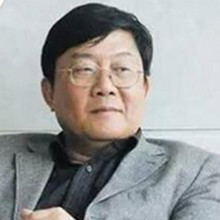

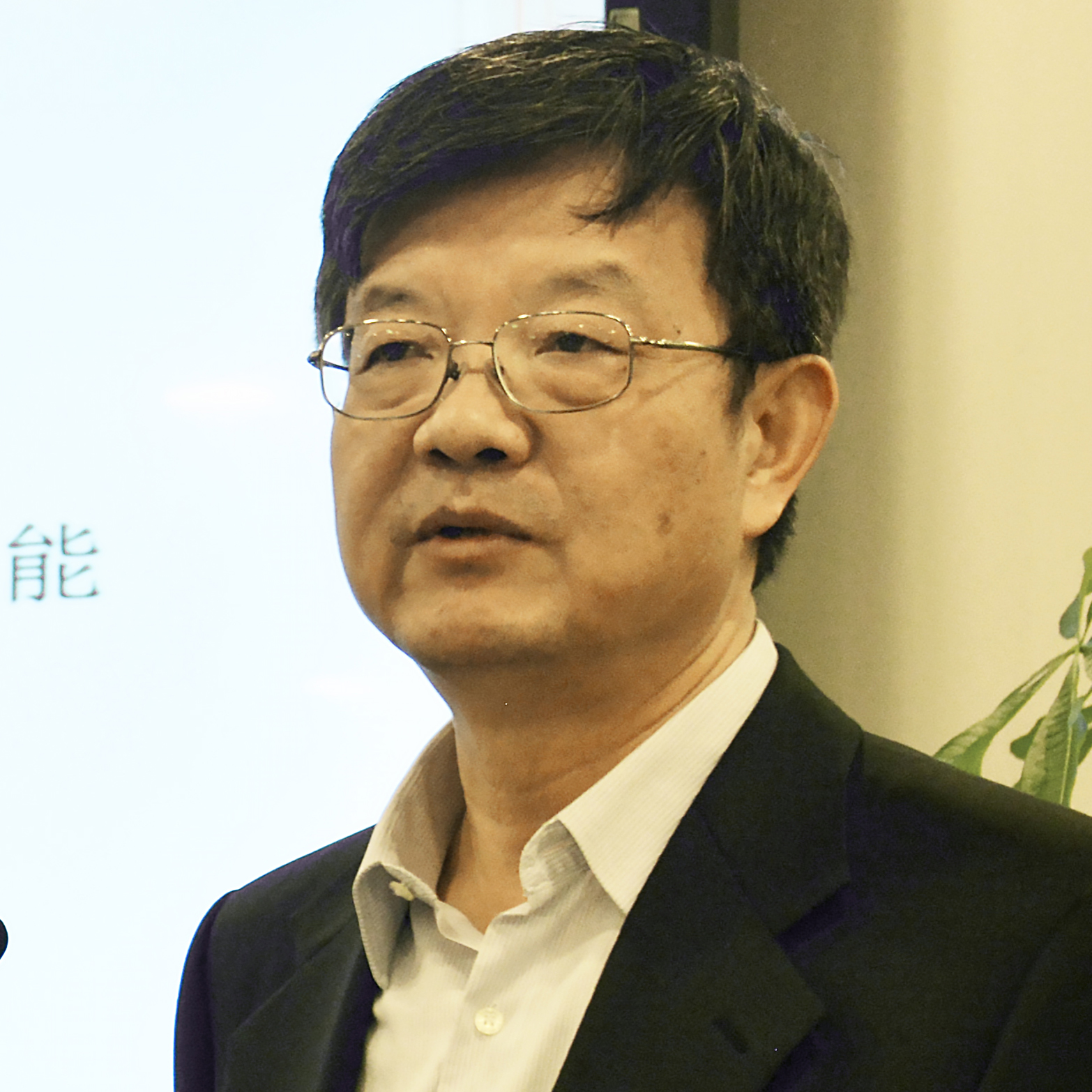
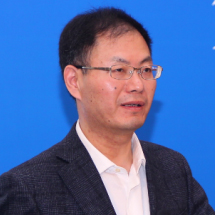
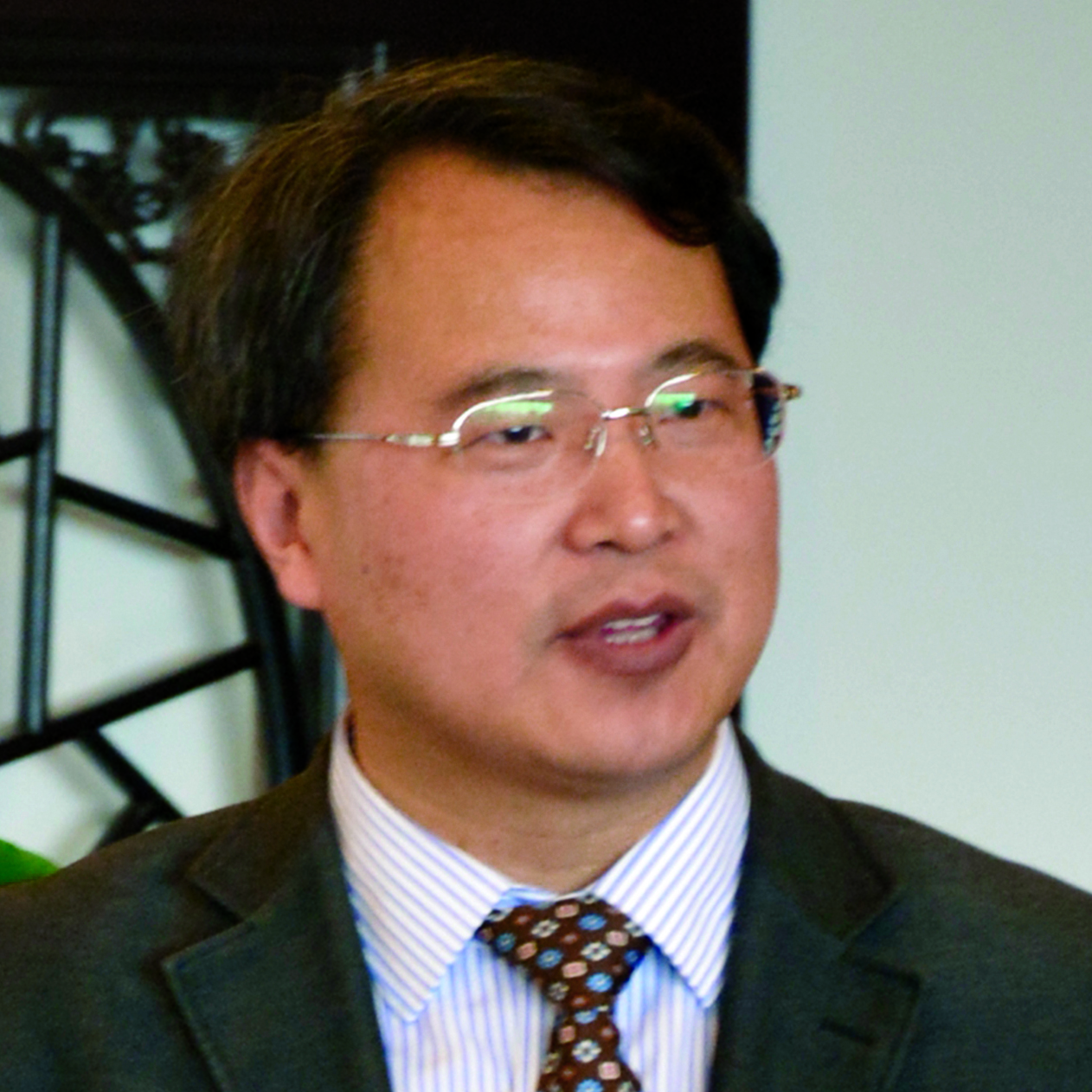
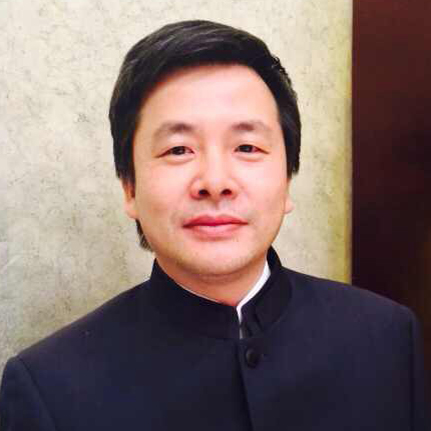
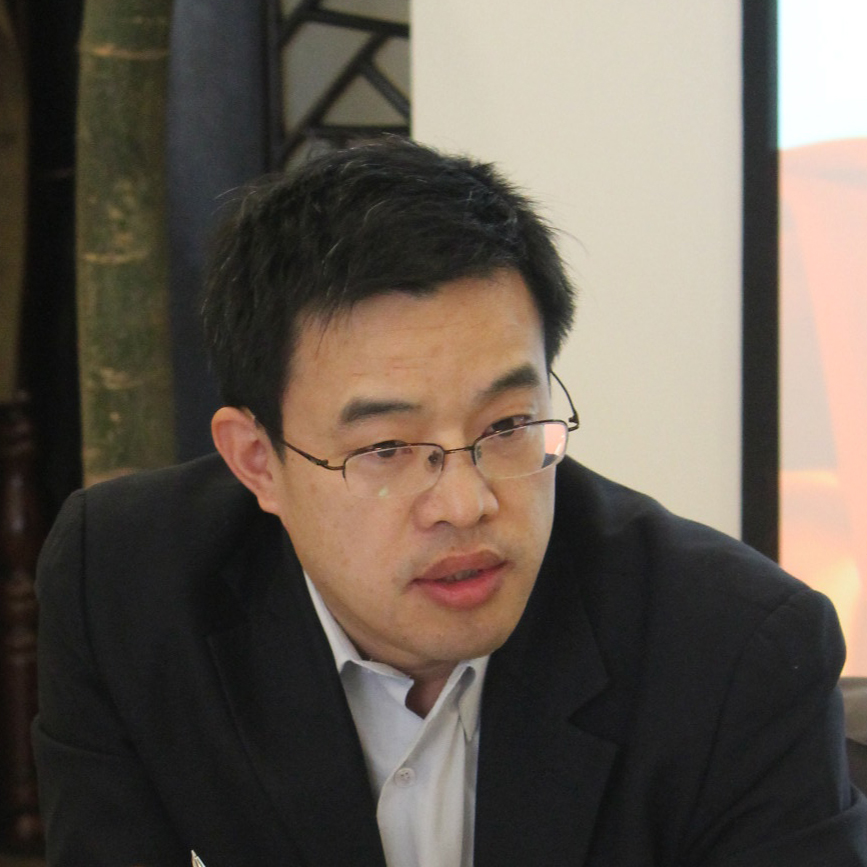
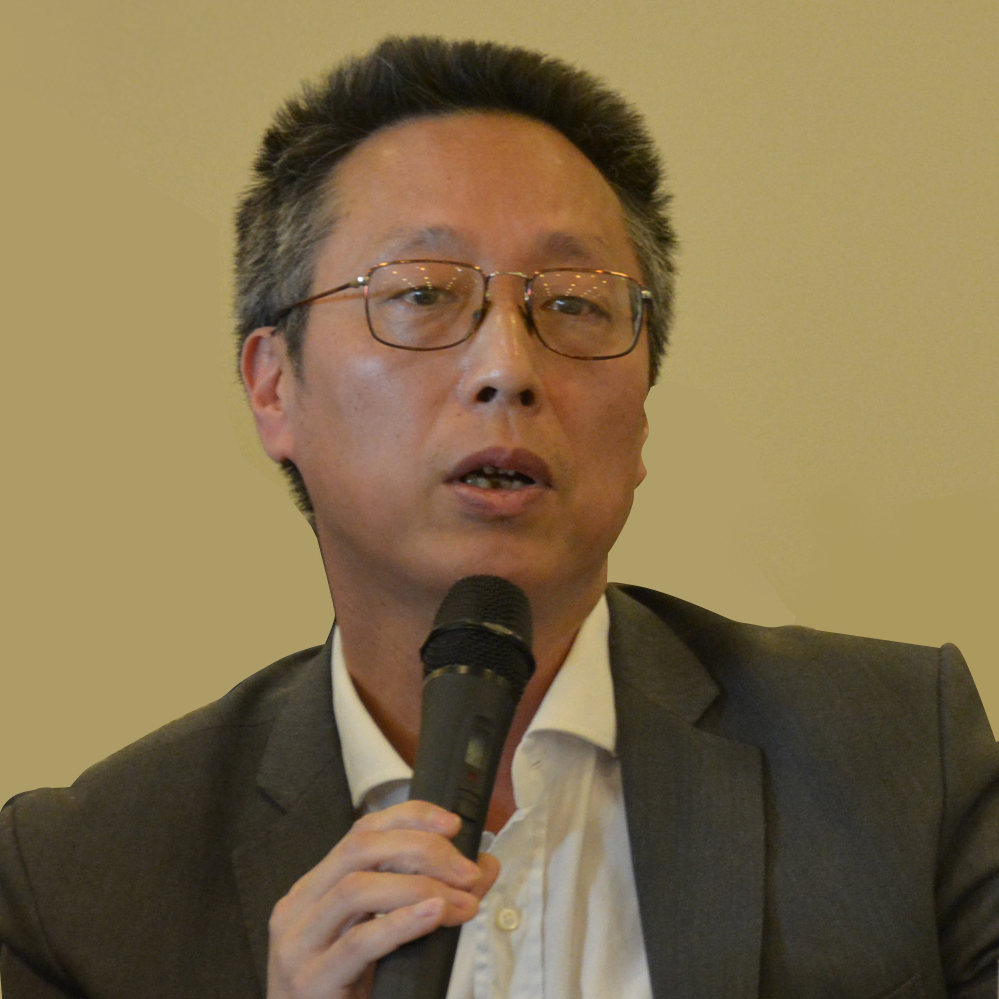
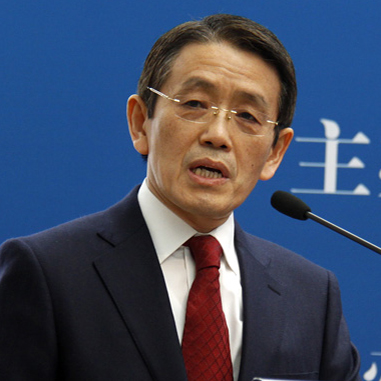
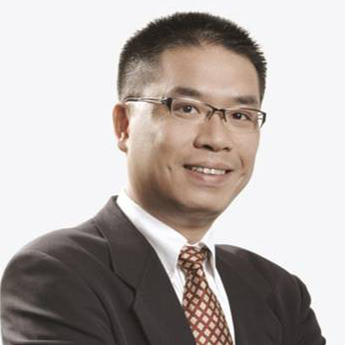
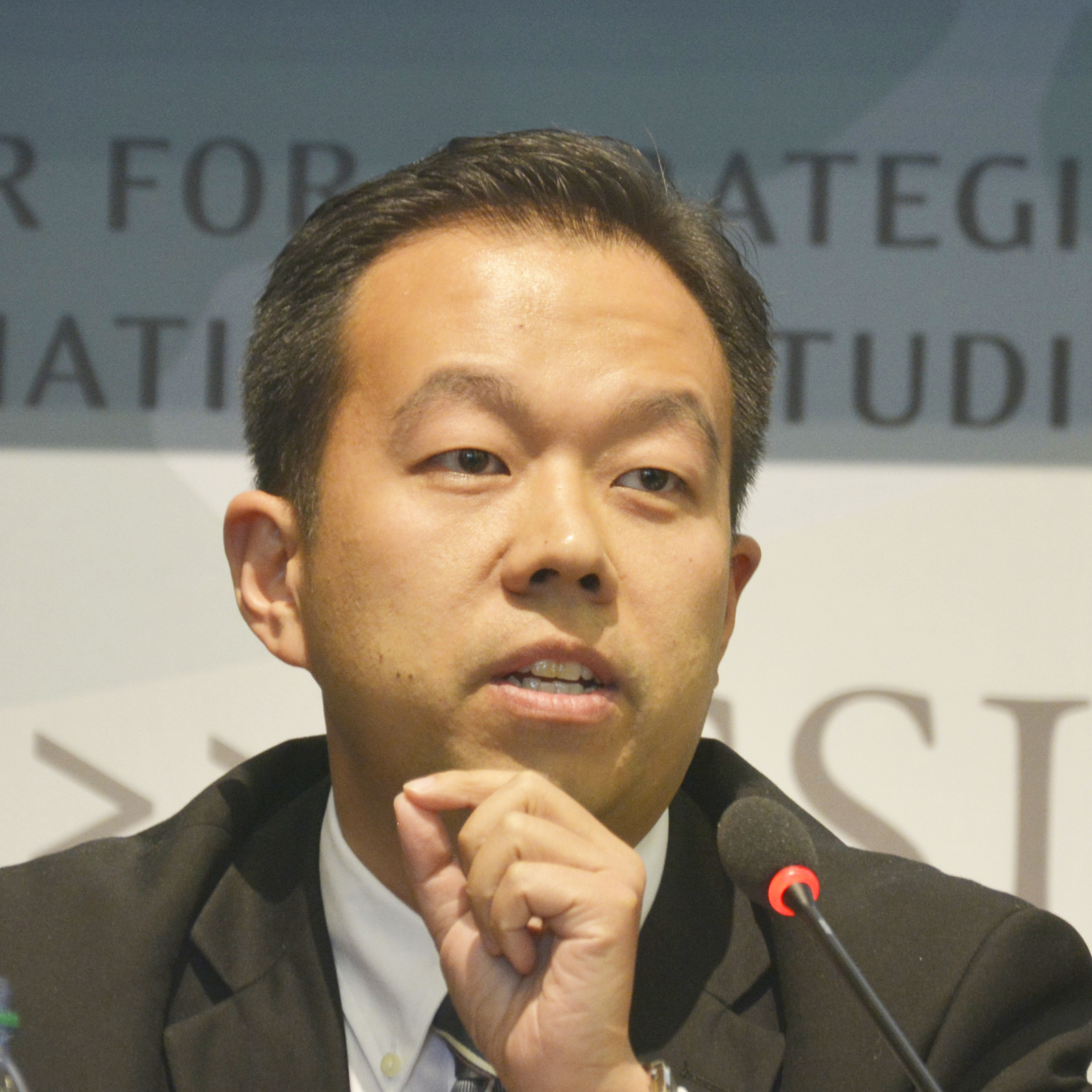
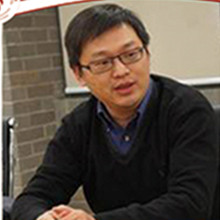
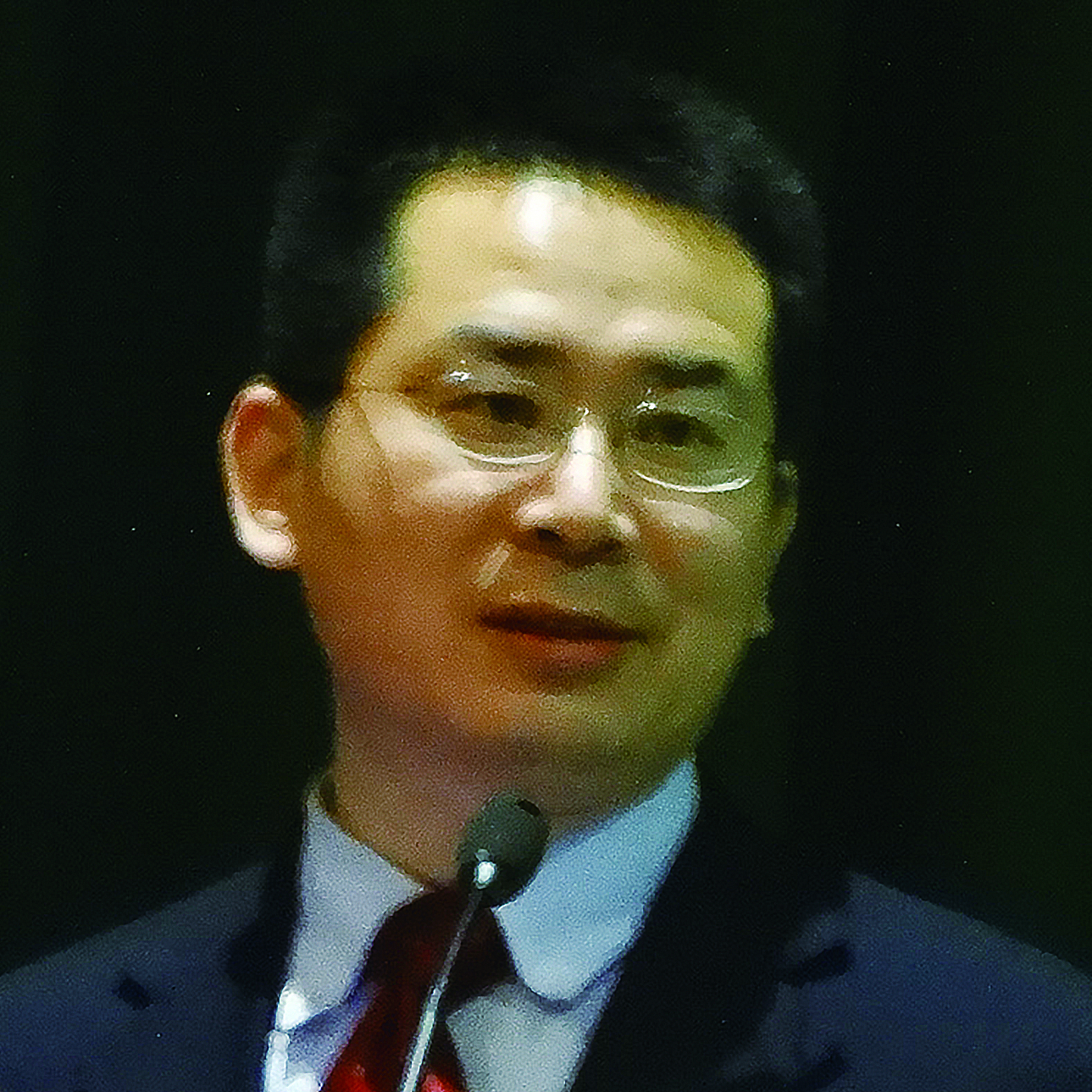
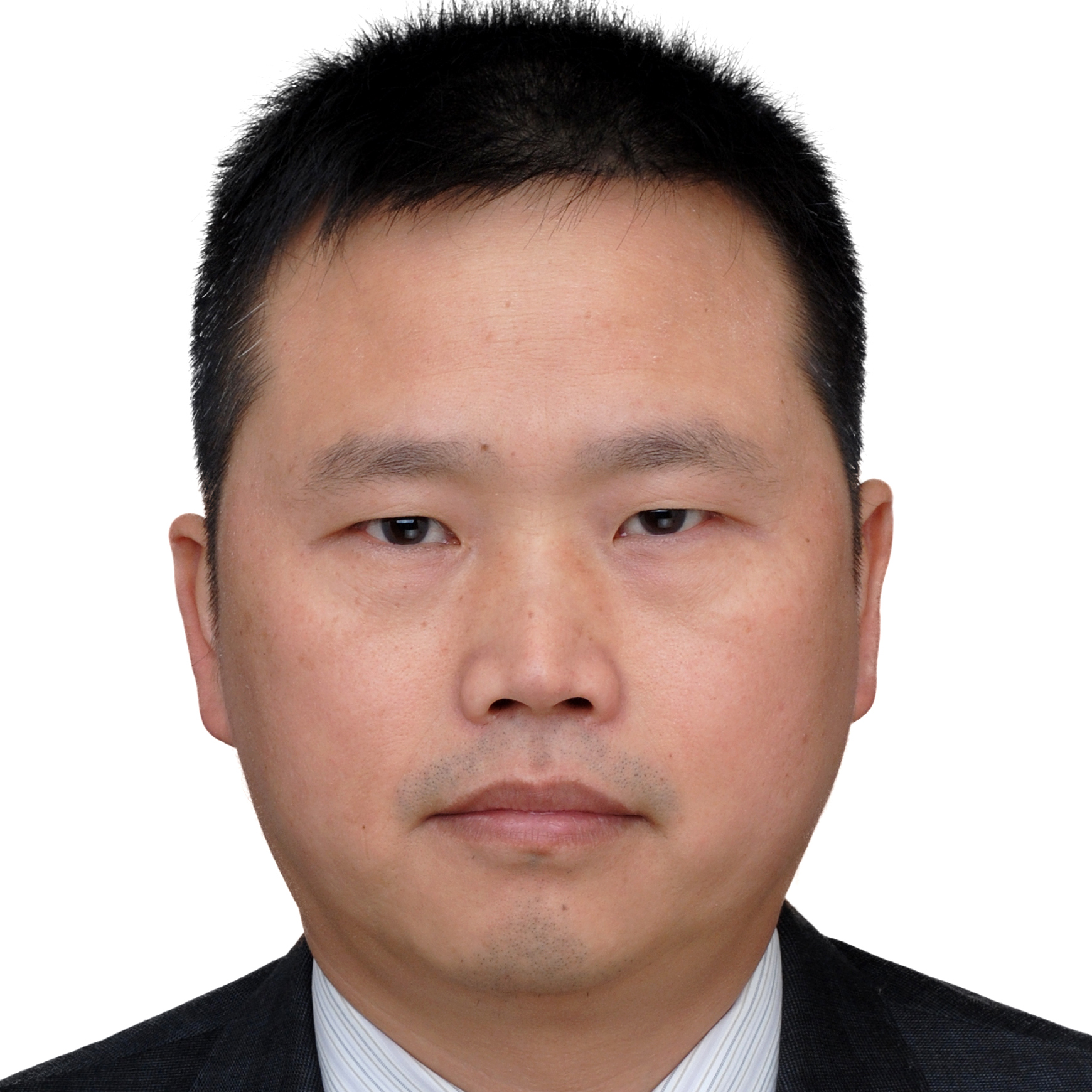
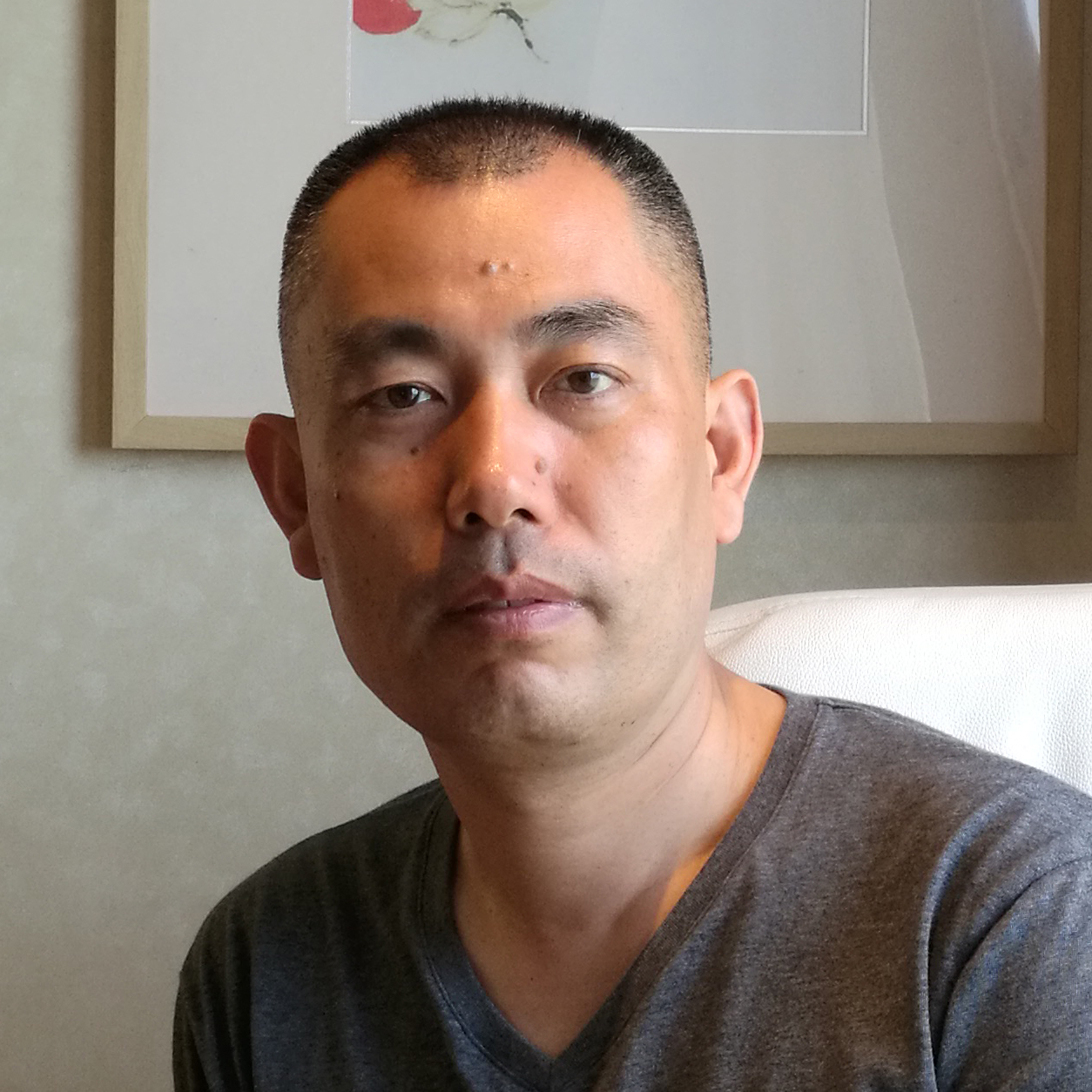
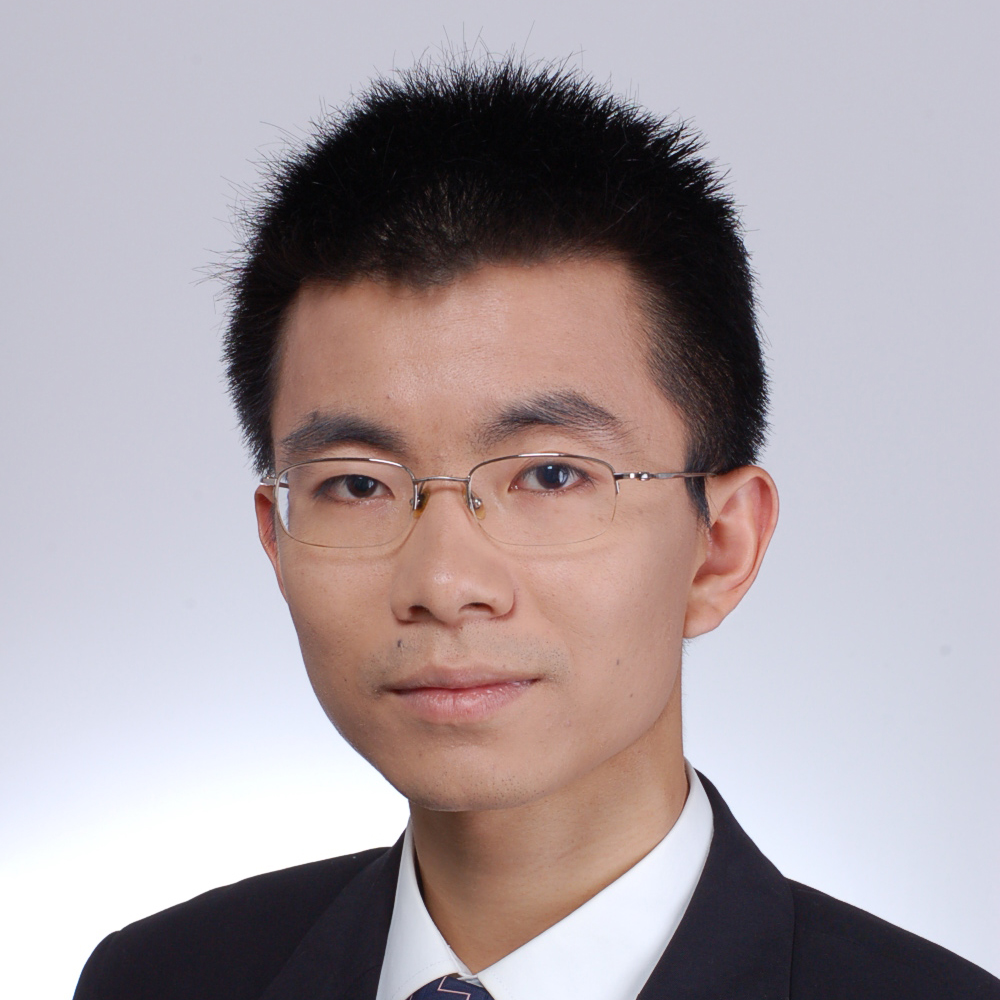
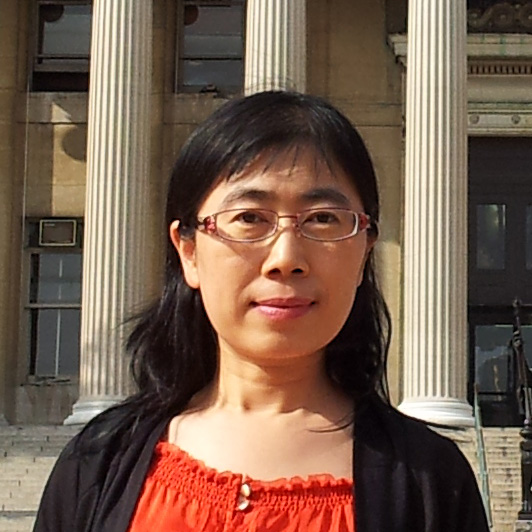
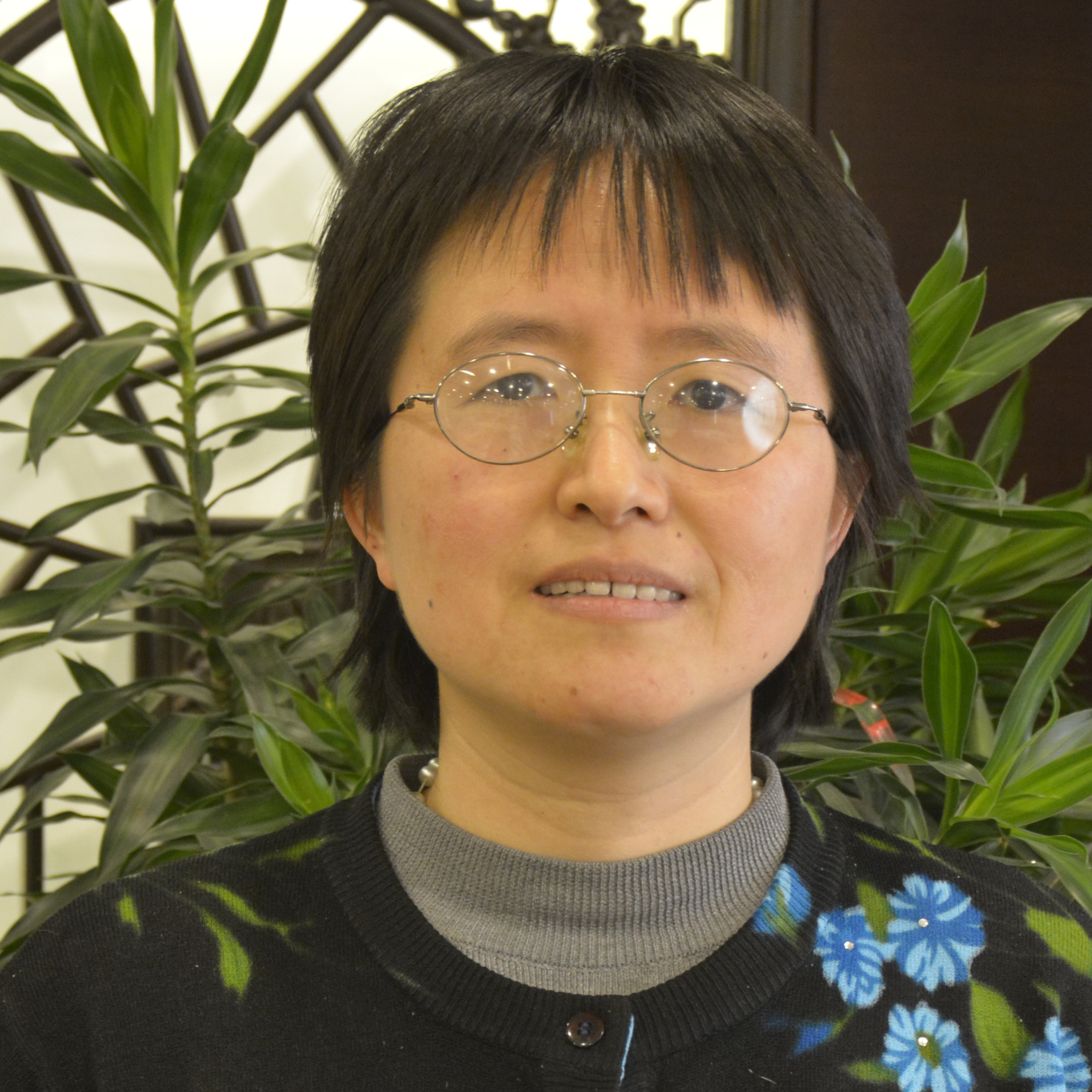

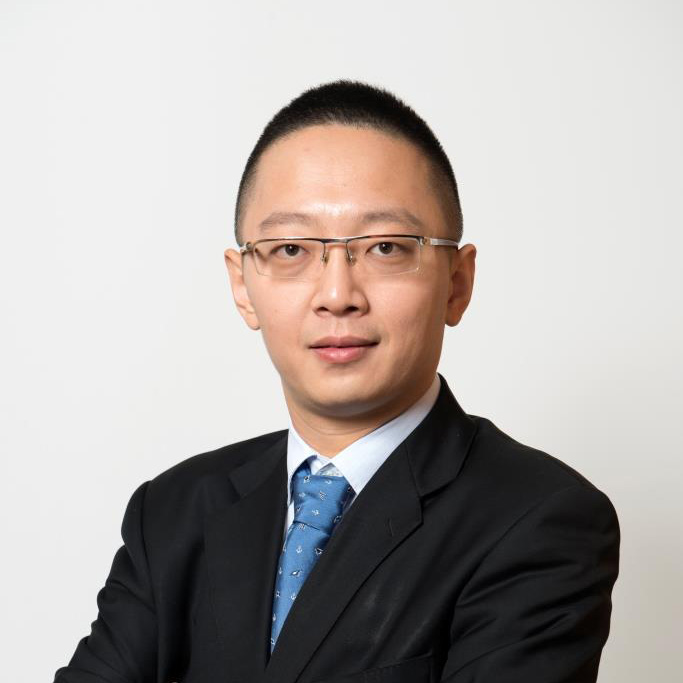

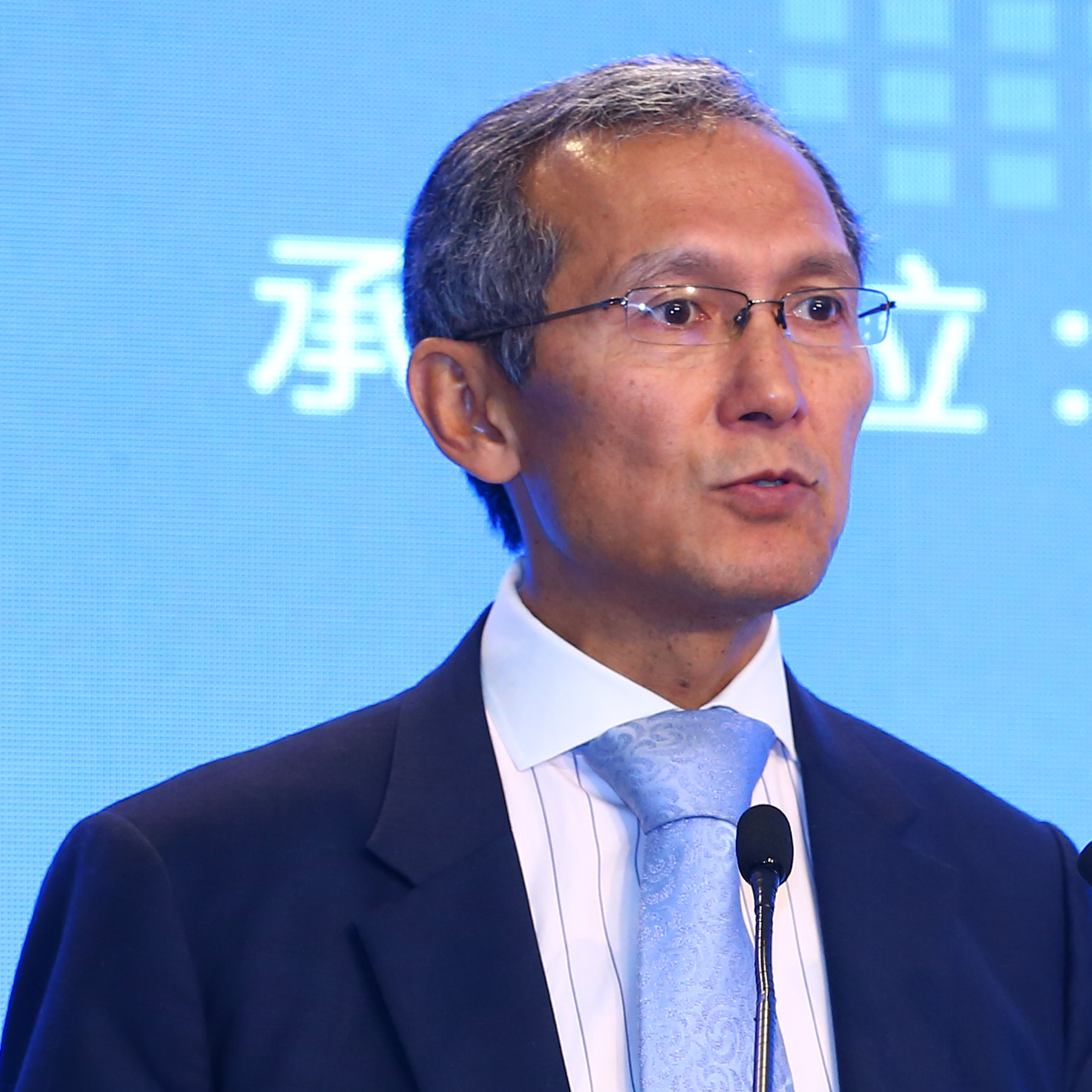
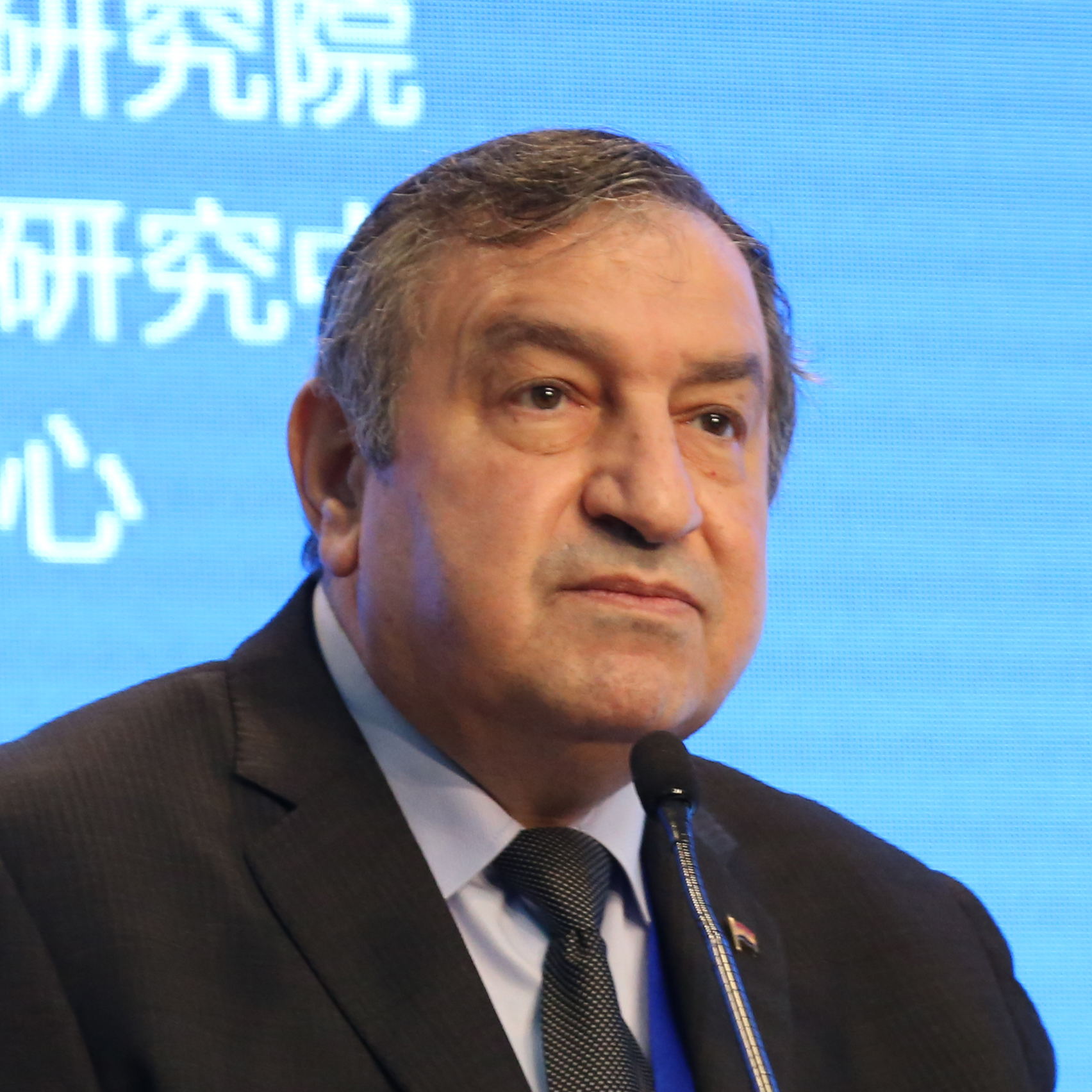
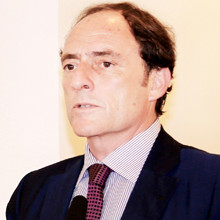
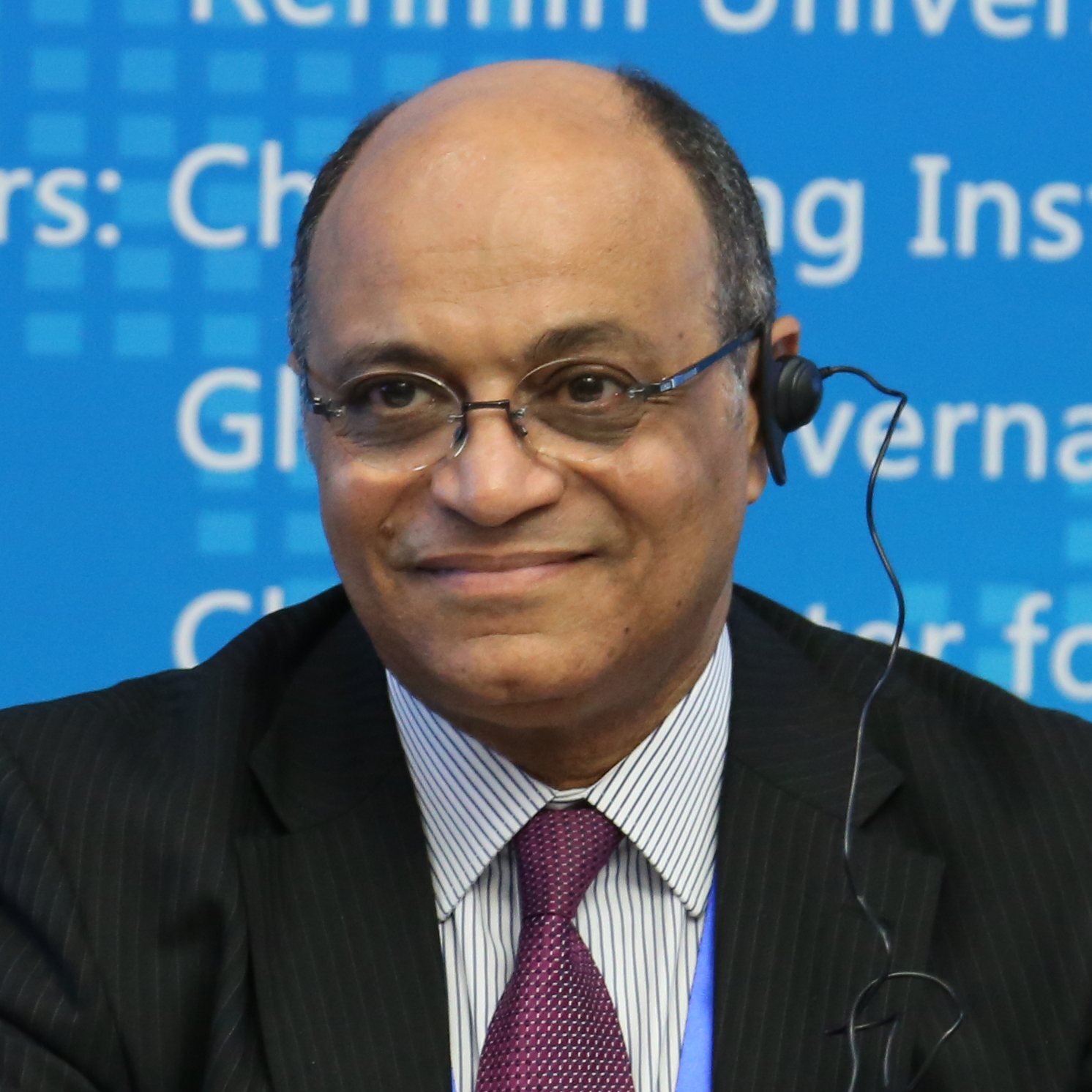




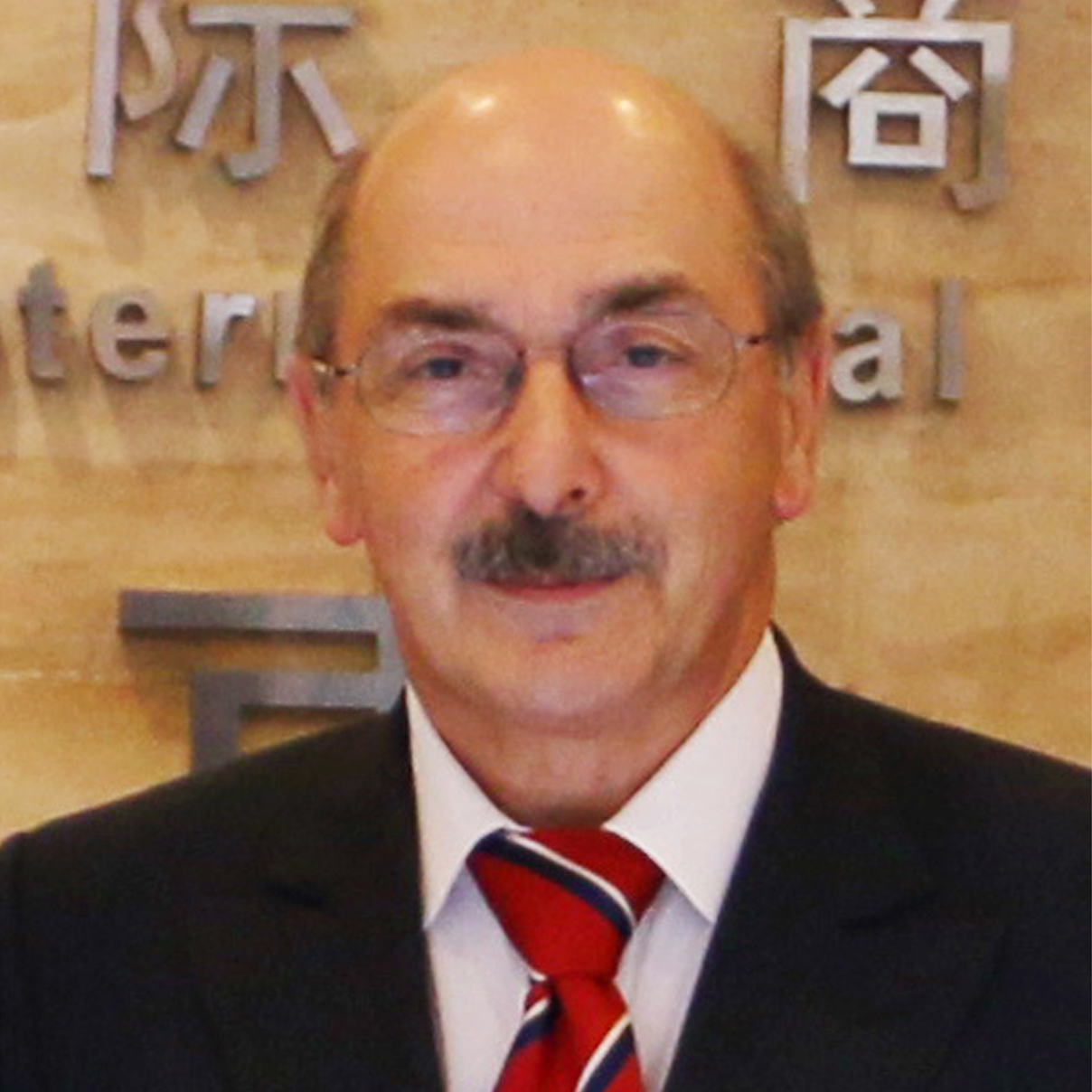


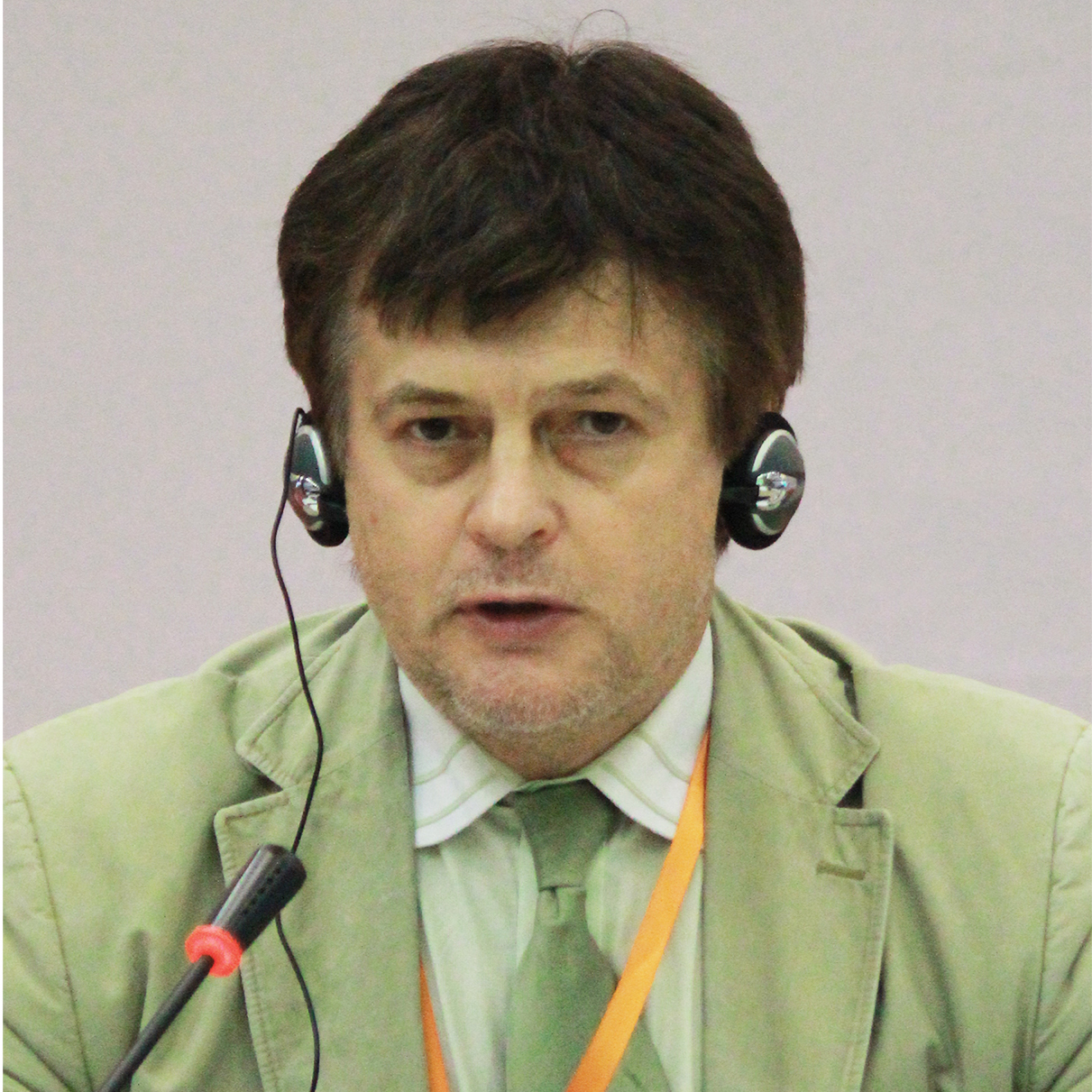

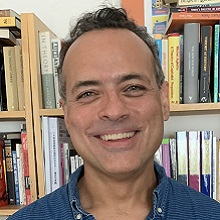
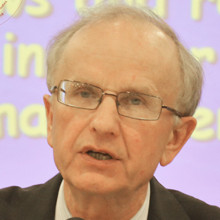



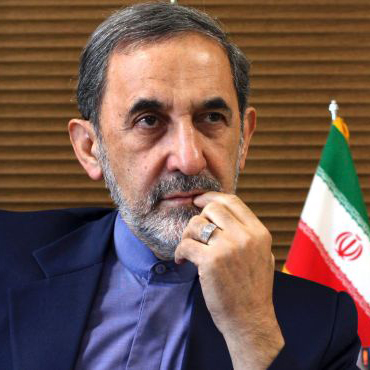
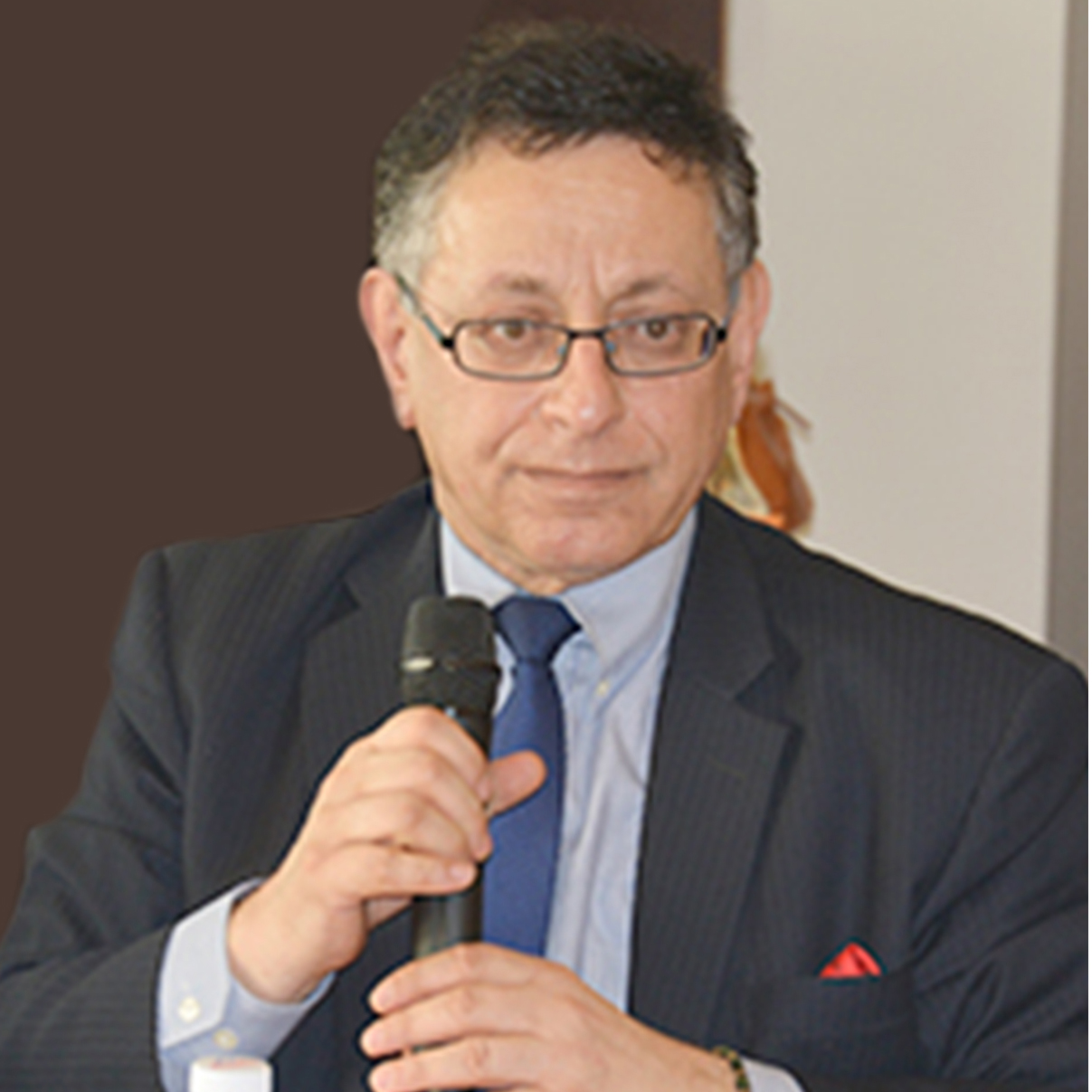
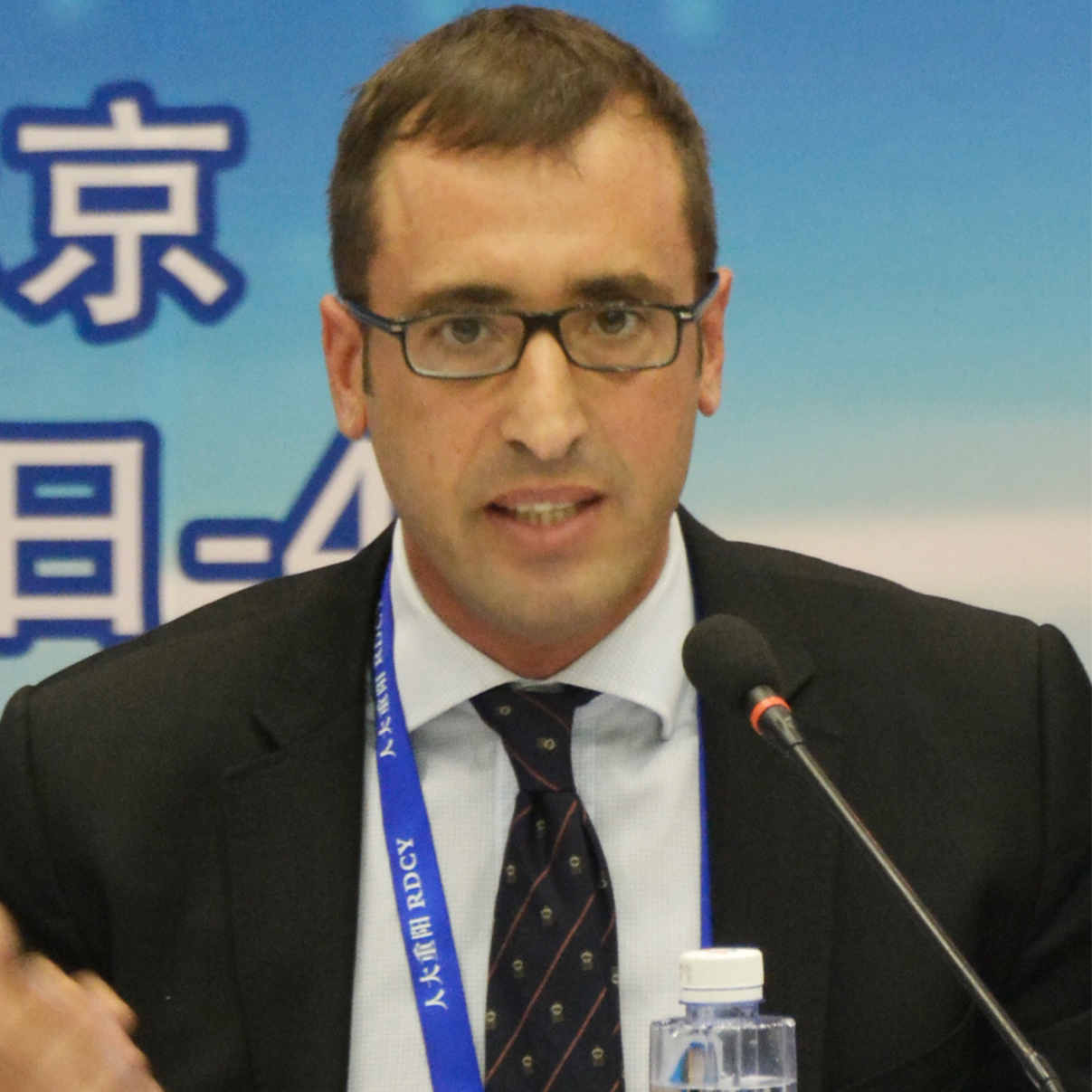
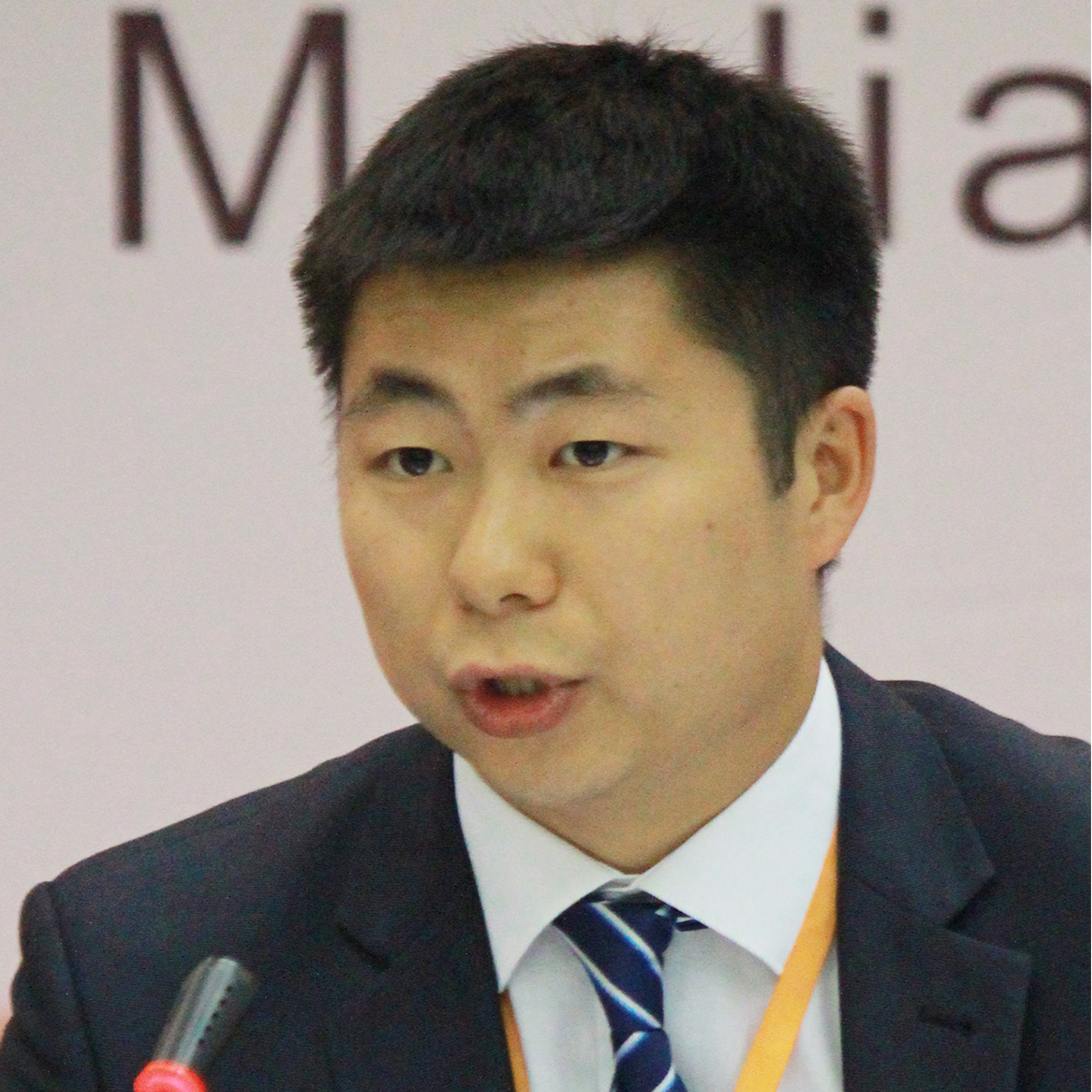

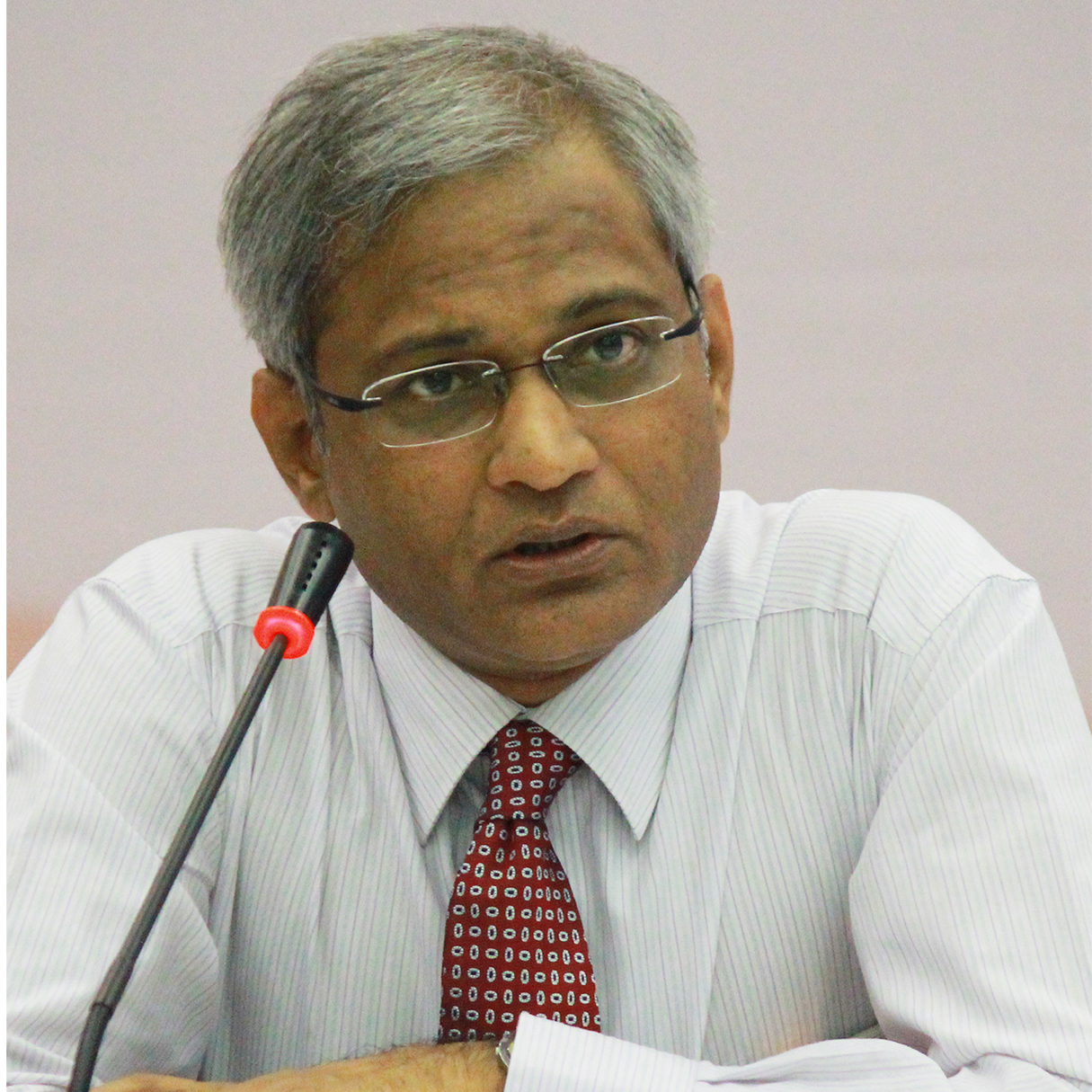



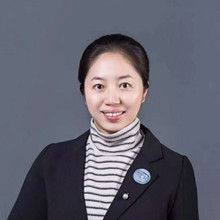

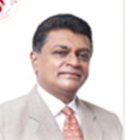
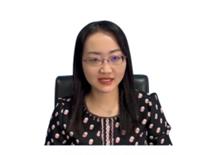
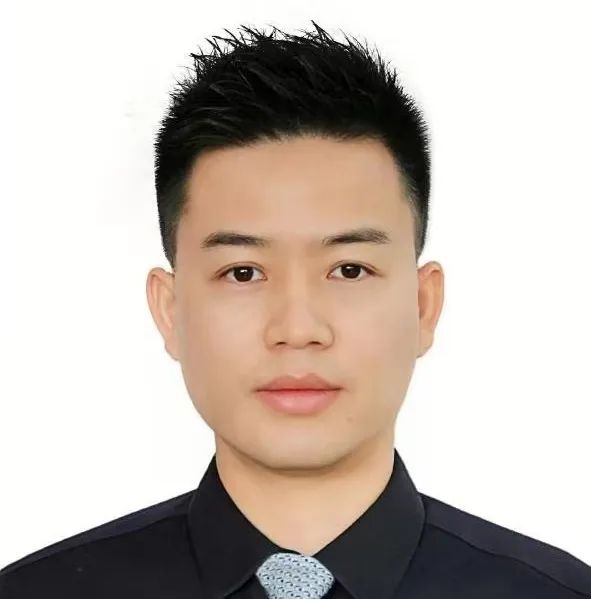


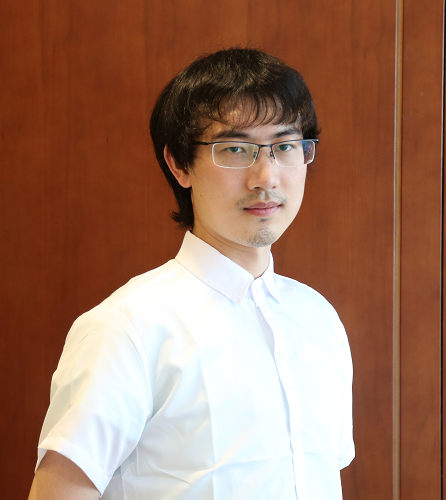
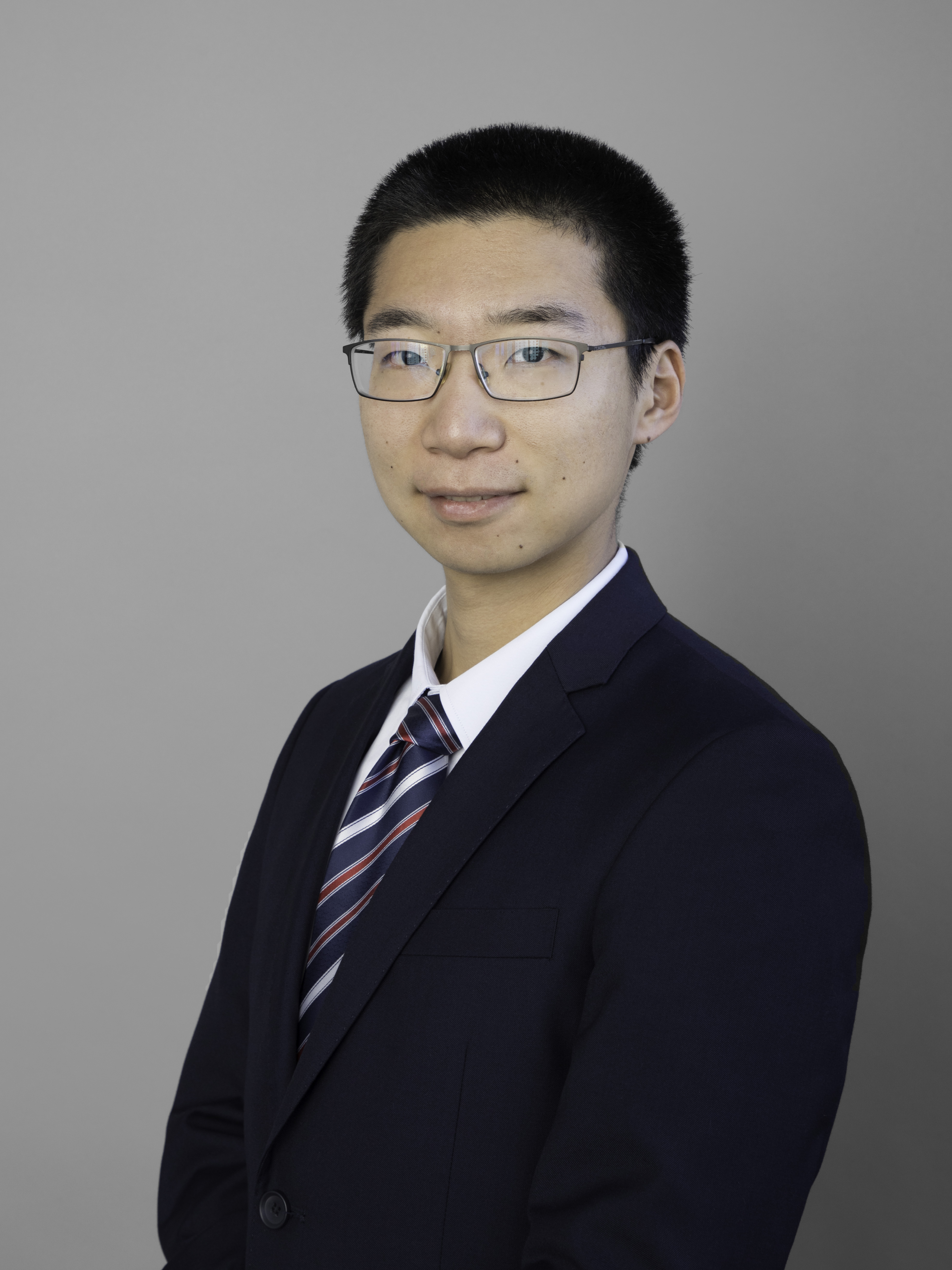

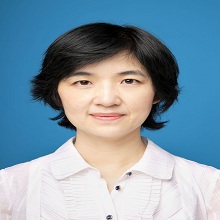
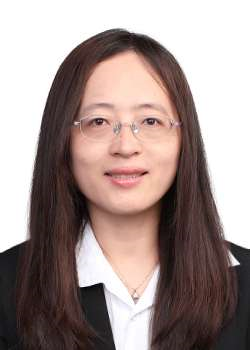


 京公网安备 11010802037854号
京公网安备 11010802037854号





